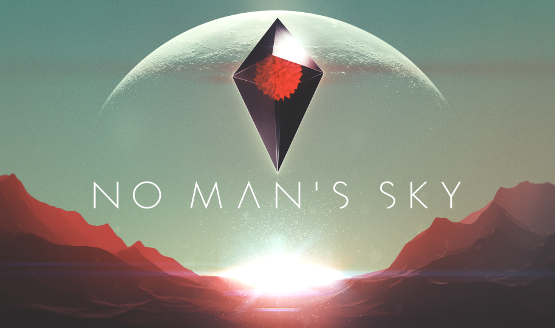
The original launch of No Man’s Sky was rife with controversy. Many gamers expected a massive sandbox set in space, where you could venture out and group up with friends, or terrorize others as you saw fit. What launched instead was a much more modest game. While still a technical marvel, featuring quintillions of planets across perhaps as many solar systems, plenty of people outright hated the game, some demanding refunds. Hello Games stayed quiet to the controversy, which certainly didn’t help matters. That is, until, the Foundation update landed, setting the stage for the developer to claw back some goodwill via multiple updates. Fast-forward to last week, and No Man’s Sky NEXT launched, bringing with it a lot of multiplayer-focused features, but also just a ton of tweaks and quality-of-life updates fans are sure to love. We’ve spent almost a week with this update, and have our impressions ready for you below.
It’s Elemental
There’s so many updates in NEXT, that it’s difficult to figure out where to start. Perhaps the basics will suffice. No Man’s Sky is a crafting survival game at heart, not unlike Minecraft. However, No Man’s Sky takes a more sci-fi approach. It has an element-based crafting system, featuring dozens of different elements such as Carbon, Oxygen, Sodium, Dihydrogen, and more inventive elements or compounds such as concentrated Carbon, Pure Ferrite, and many more. A couple of elements, such as Thamium9, have been removed, having been replaced by several similar elements. Changing up elements means there is are a lot more new elements to learn about, which the fastidious amongst us will find amusing.
All of these new elements mean that there are plenty of new things to craft. Indeed, tech upgrading has been given a boost. Players can now upgrade their exosuit by purchasing the proper upgrade technology pieces from vendors throughout the universe, concentrated mostly in the revamped space stations (more on that in a bit), but also in certain random buildings on planets. Upgrades rank in class from C to S, and are paid for in Nanites, one of three currencies now in No Man’s Sky. Those currencies have been updated, too. Units are still the basic form of money to buy and sell things on the Galactic Trade Network, such as supplies, or from NPCs, including their ships. Nanites are now a proper currency, whereas earlier they showed up as a resource, taking up precious inventory space. Quicksilver is a third, almost unknown currency that is brand new, brought in with the NEXT update – rumor has it this currency will be rewarded in the upcoming community events to be featured in-game. This currency can then be used to purchase exclusive ship designs, vehicles, and perhaps more. No, this will not usher in microtransactions, and should only serve as a reward for those participating in the community missions. This is a great initiative which players will no doubt follow with great interest.
Visual upgrades have taken place in No Man’s Sky as well. Ground textures are even more robust than what was seen in previous updates, while large biomes also mean that transitioning between an arid area and desert lake is more obvious. The difference is noticeable. Lush planets are covered in grass, and even feature legitimate forests where clear boundaries exist. Oceans (and they really are oceans now) feature deep underwater chasms, and where the water meets land, the water ebbs and flows as would be expected. There’s nothing like currents or waves, but with the quality of updates we’ve seen thus far from Hello Games, never say never…
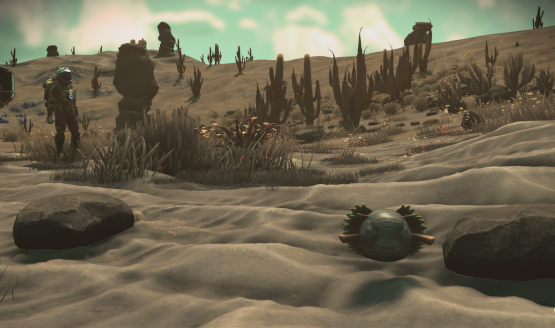
Flourishing Fauna
Planets that support life are full of a variety of creatures, as usual, but the creatures have been updated as well. Beyond the more sensible looks, it seems more dinosaur-inspired creations have been summoned into the universe. Bat-type flying animals, grazing antelope-type brutes, and many others are bound to pass by many Interlopers’ screens at some point. Thankfully, the sounds these creatures produce are much more varied, and none sound like the shrill, squealing mess that has irritated plenty of gamers (and non-gamers in the same room) for almost two years.
Animals now also appear to have proper herd mentality, when they travel in herds that is. Some animals prefer roaming alone, for instance. Feeding one animal will have them alert others to the player’s friendly presence, causing an almost dance-like ritual of a dozen or so animals bouncing around like schoolchildren on candy, just hoping for another handful. Predators, meanwhile, will single out an animal and chase it down, sometimes unsuccessfully, an action which will always cause the rest of the herd to scatter.
Sentinels, the universe’s police force which seemed to serve only to annoy players, are now at least somewhat more predictable. Helpful indicators now show up on the HUD whenever the player is in range of being detected by a sentinel. This includes an arrow, much like damage direction indicators in shooters, as well as a logo in the lower-right portion of the screen. If the logo isn’t visible, then shooting or destroying anything won’t be noticed. Otherwise, the indicator will turn blue, showing that the sentinel’s attention has been drawn, and eventually it will find and scan the player. If the player is being hunted by the sentinels due to too much aggression (or being spotted on a high-security planet), once they move out of sight of the robots or have killed all of them in the immediate vicinity, a countdown timer will start. If the player can avoid being detected within that timeframe, the heat will die down. If not, the cycle repeats, usually at a higher threat level, which will summon tougher sentinels, from quadrupeds and bipeds to attack ships in overwhelming numbers. Sentinels are now a much more menacing force to deal with, one that could perhaps be fun to take on in groups.
Explore With Friends
Yes, proper multiplayer has arrived thanks to the No Man’s Sky NEXT update. From the main menu, players can decide to play alone (with the option for others to join turned on by default), or to instantly join another player who has their game open to others. If another player is in the game, they now show up as their customized avatar. Players can customize their appearance at a customization station in the space station. There, they can choose from a variety of different outfits, tailored to look like one of the game’s four races. There are a couple dozen options to mix and match, and to color as the player sees fit. If the host player owns a freighter, a special terminal on the bridge can begin multiplayer missions, which are often daunting tasks like defending a freighter or destroying sentinel bipeds. Voice chat is also enabled by default. Actions that players perform, such as discovering a new element, is shown in a chat-like interface. Players can transfer items to each other, once they are within a certain distance. There’s a lot of options for those who like to play in groups, including base building. For those that don’t want to be bothered, a simple option available from the pause screen turns the functionality off entirely.
The economy has been tweaked for No Man’s Sky NEXT as well. While you can still buy freighters, which are massive capital ships that can cost up to hundreds of millions of units, they are no longer relegated to extra inventory space and a mobile base. Owning a freighter opens up yet another new aspect present in No Man’s Sky. Frigates, which are smaller-but-still-massive ships, and can often be seen when first launching into space from the surface of a planet or a space station, can now be recruited to join the player’s fleet. This option is only available once a freighter is owned. Once at least one frigate joins the fleet, new options open up. The bridge of the freighter now has interaction points near the helm, from which the fleet can be managed. Here, a commander offers up missions to be completed by the fleet in real-time. Missions have different types, such as exploration, combat, or balanced, with varying difficulty levels. There are naturally different classes of frigates, such as exploration, combat, and support. Each have attributes in four different areas, and the higher the number the better suited the frigates are for certain mission types.
Space stations, as mentioned, have been revamped. While the landing area is still the same, it is now flanked on both sides by more open trading posts. To one side, a teleporter which should be familiar to veterans of No Man’s Sky, which can transport players to previously visited star systems and bases which have teleporters installed. This side also has two trading stations which include a mission broker, where missions can be accepted and turned in or abandoned, and a ranking guild member, who will gift the player with some sort of gift or special mission, depending on the current system, and perhaps also upon the player’s standing within the guild that controls the system. The other side of the space station features merchants, who will gladly trade players’ nanites for enhancements to exosuits, multi-tools, ships, freighters, and more. This side is also where the customization station can be found, to change appearances as described previously. The space station is also littered with various NPCs who can be interacted with for trading and gaining knowledge, whether that is a Traveler’s grave or another word spoken by the Gek. The newfound liveliness is almost complete: all NPCs are static, emoting only when the player is nearby, and none of them even walk around the station. If they at least did that, the station would feel much less sterile. Ideally, the ships that land could pick up or drop off a few NPCs as well, but now perhaps this writer’s imagination is getting riled up…
Build Your Own Monolith
If all of that wasn’t enough, how does unlimited base building sound? While there is a limit to base size, it is so large as to be deemed unlimited – 20,000 parts per base. Players around the world have already begun making some massive structures. Multiple bases can also be built, one per planet. So someone could potentially spend a few hours, days, or weeks at each planet, building out new bases and uploading their creations for others to see. The creative mode is likely perfect for this, as the player does not have to worry about managing resources and can easily construct anything they desire.
A code base as large as No Man’s Sky being maintained by a dozen or so people is bound to produce some bugs. It is inevitable. Currently, the PS4 version of the game does suffer from a few issues. The most jarring was a corrupt save game, which could occur if a player partially repaired a piece of technology, such as a drop pod, or perhaps a damage frigate back from a mission, then quit the game after saving. Thankfully, update 1.51 fixed this. An issue that still seems to be present as of this writing, however, is likely harder to track down. The frame rate will slow to a crawl over a handful of minutes, at which point the game will crash to the system menu. This is likely some loop running in the background, which causes the system to slowly run out of memory. If Hello Games’ track record is anything to go by, however, this issue will be patched up in no time. Overall, No Man’s Sky runs incredibly well, which is impressive on a platform as old as the PS4 (though the best console experience is no doubt going to be on a 4K-geared system, such as the PS4 Pro or Xbox One X).
No Man’s Sky is a much different, improved experience than when it launched nearly two years ago. Multiplayer is finally here, and for some that will be a massive game changer. For others, impressive tweaks of some systems, and nearly complete overhauls of other systems will add to the experience. No matter what your original opinion of No Man’s Sky, if you’ve been looking for a fun space exploration/combat/trading/construction game, Hello Games has been hard at work to create a game that has evolved to have a little something for everyone. Currently on sale for $29.99 USD ($26.99 for PS Plus members), it’s a no-brainer at that price. Is this the greatest comeback tale in recent video game history? Let us know your thoughts in the comments below.
No Man's Sky NEXT Impressions
-
No Man's Sky NEXT Impressions #1
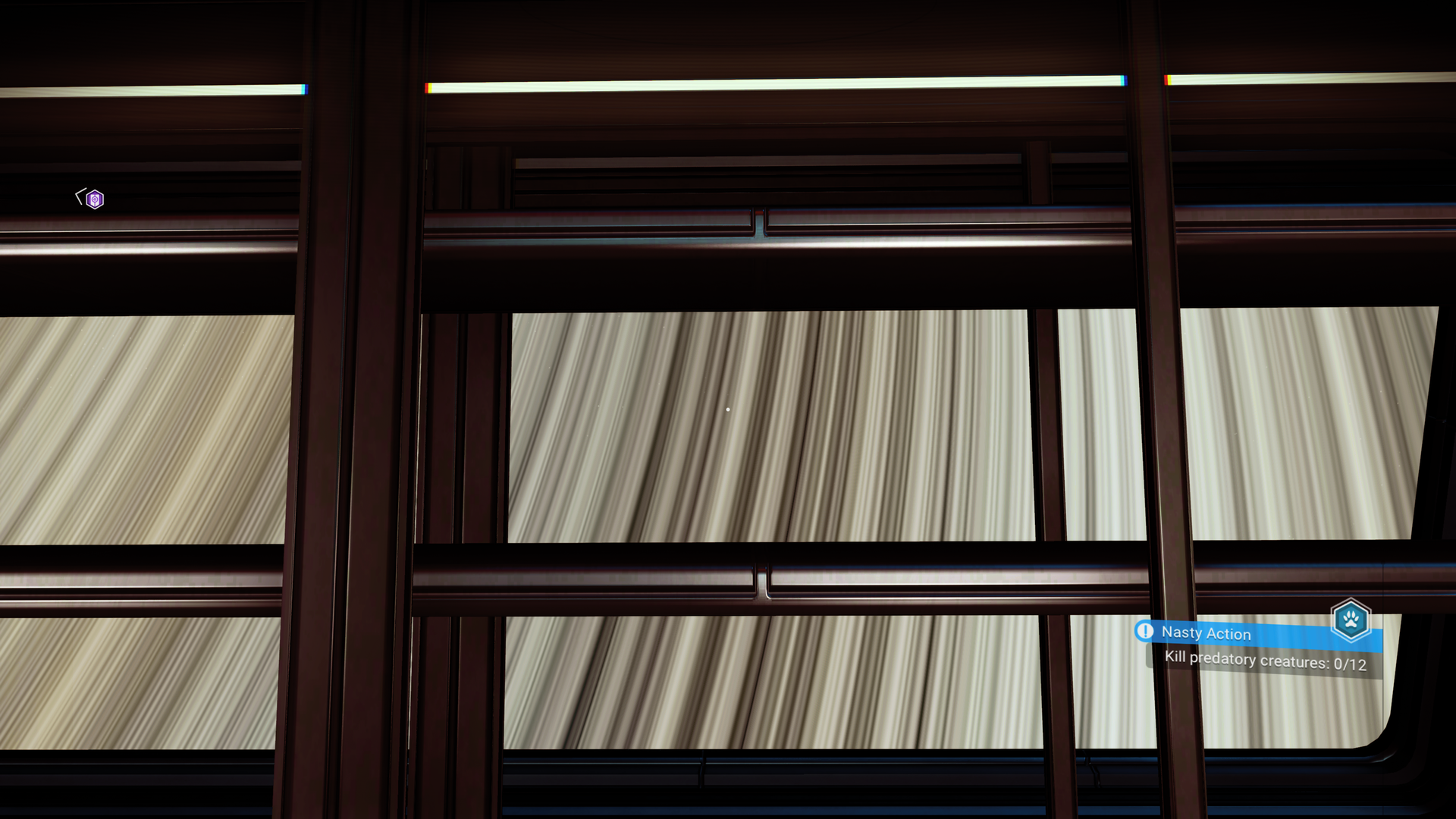
-
No Man's Sky NEXT Impressions #2
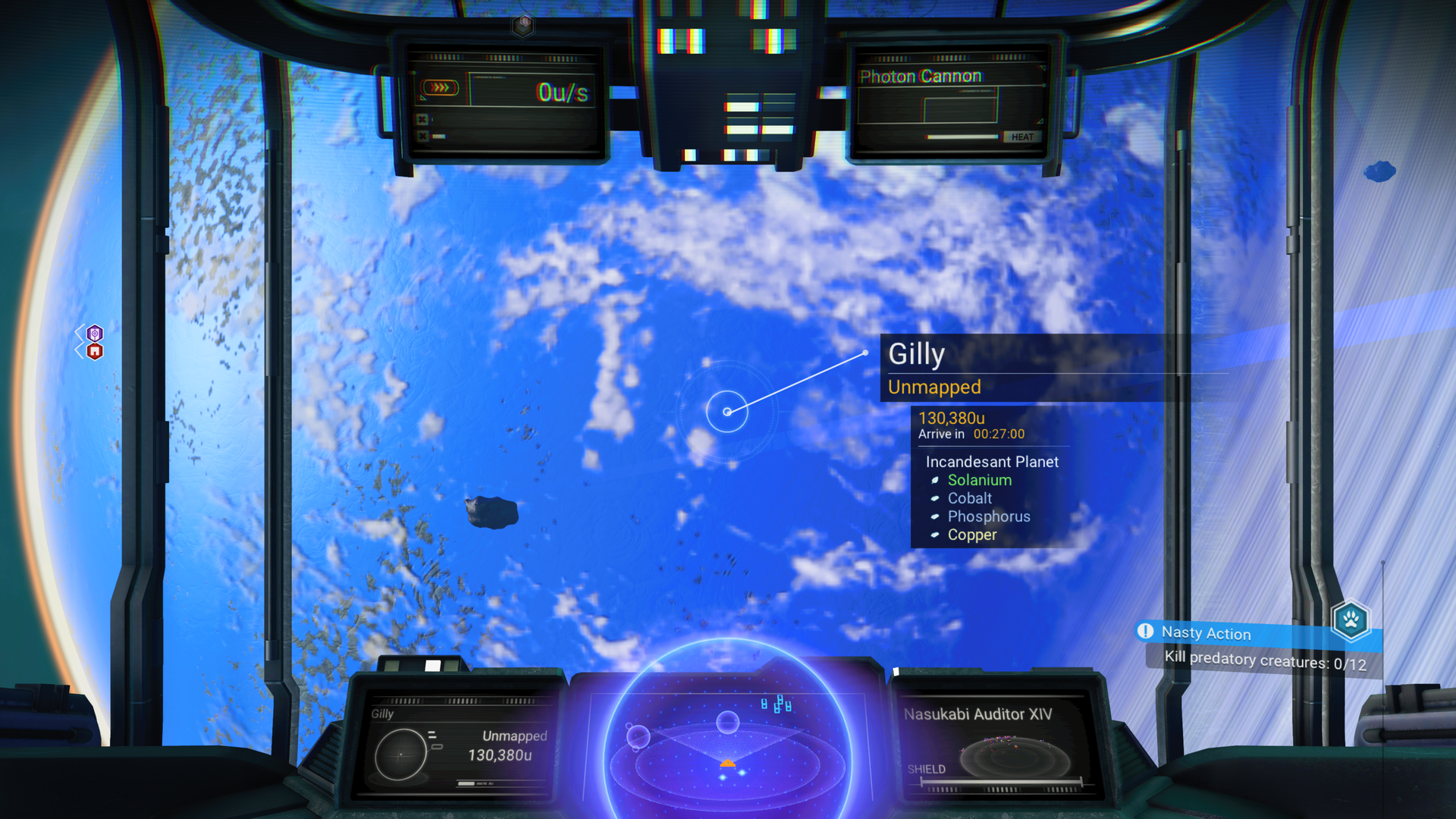
-
No Man's Sky NEXT Impressions #3
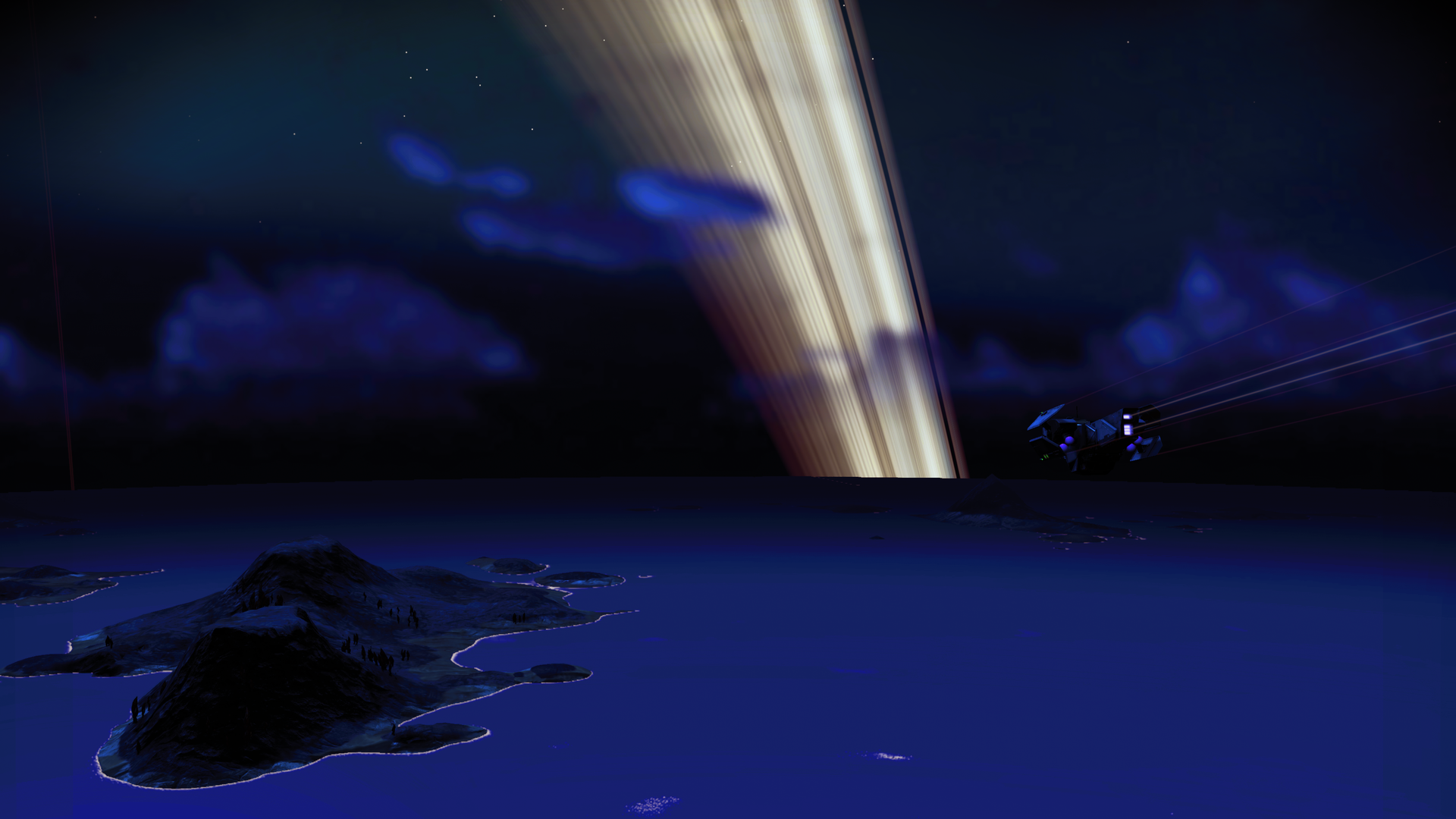
-
No Man's Sky NEXT Impressions #4

-
No Man's Sky NEXT Impressions #5
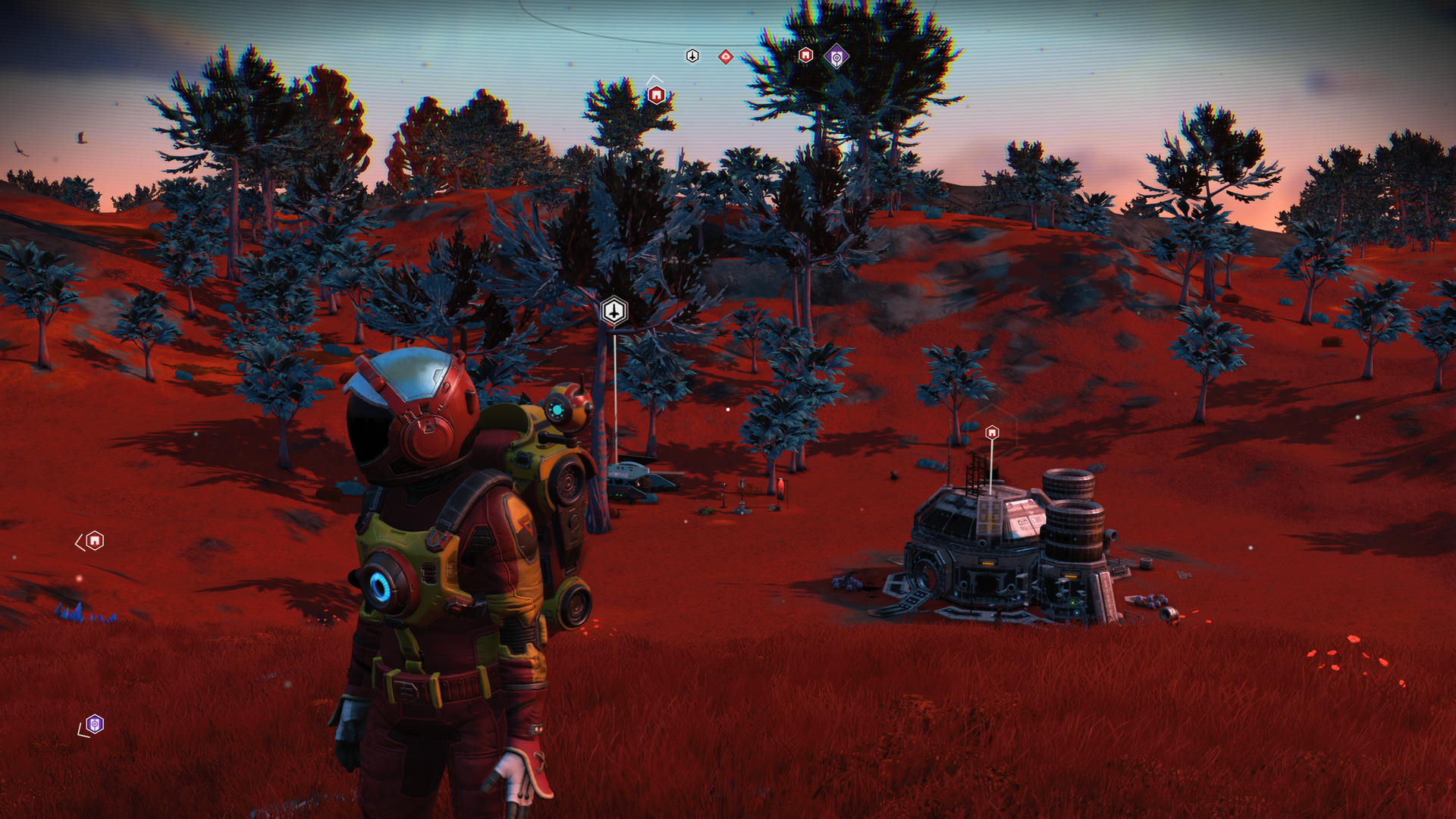
-
No Man's Sky NEXT Impressions #6
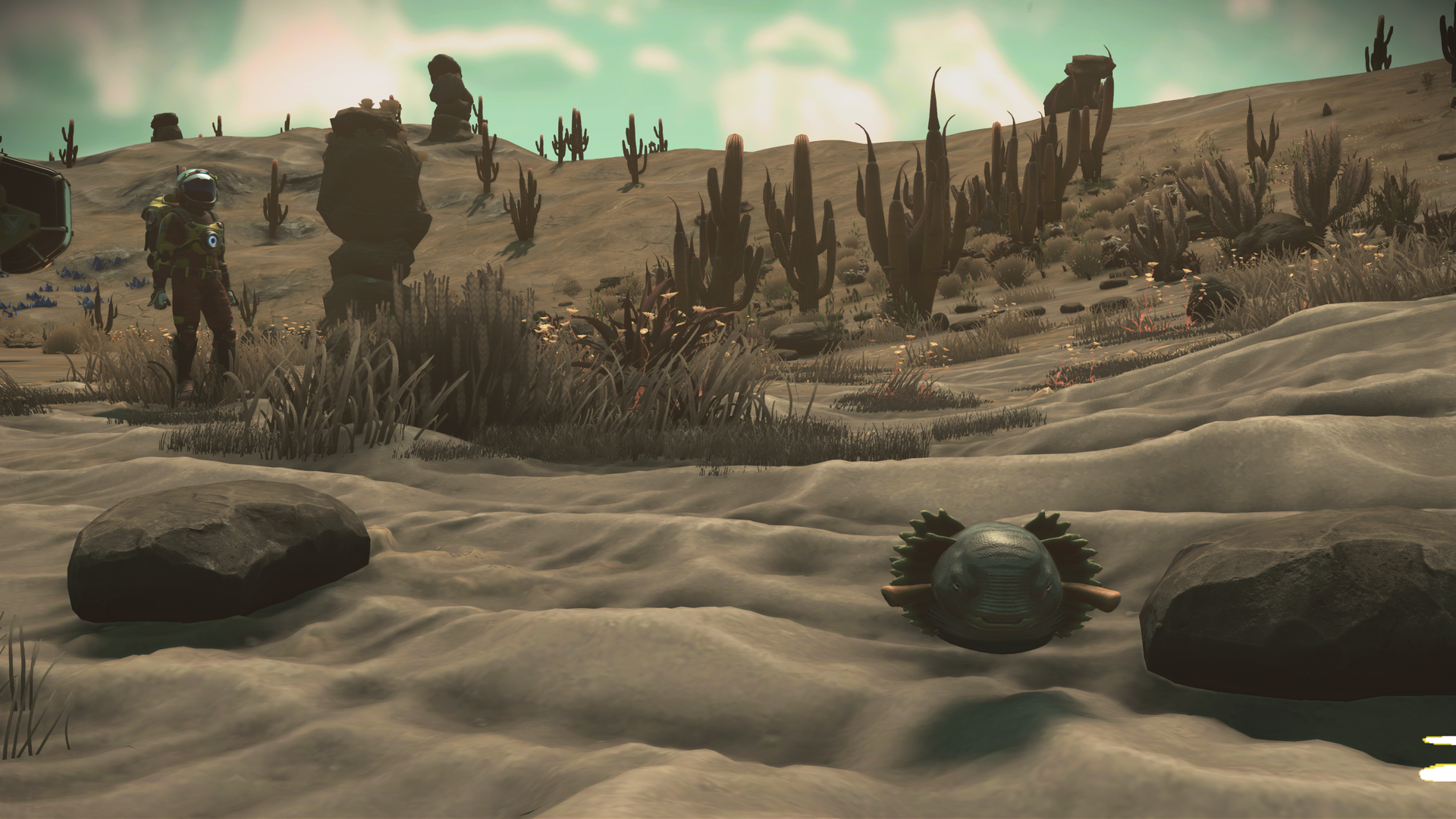
-
No Man's Sky NEXT Impressions #7

-
No Man's Sky NEXT Impressions #8
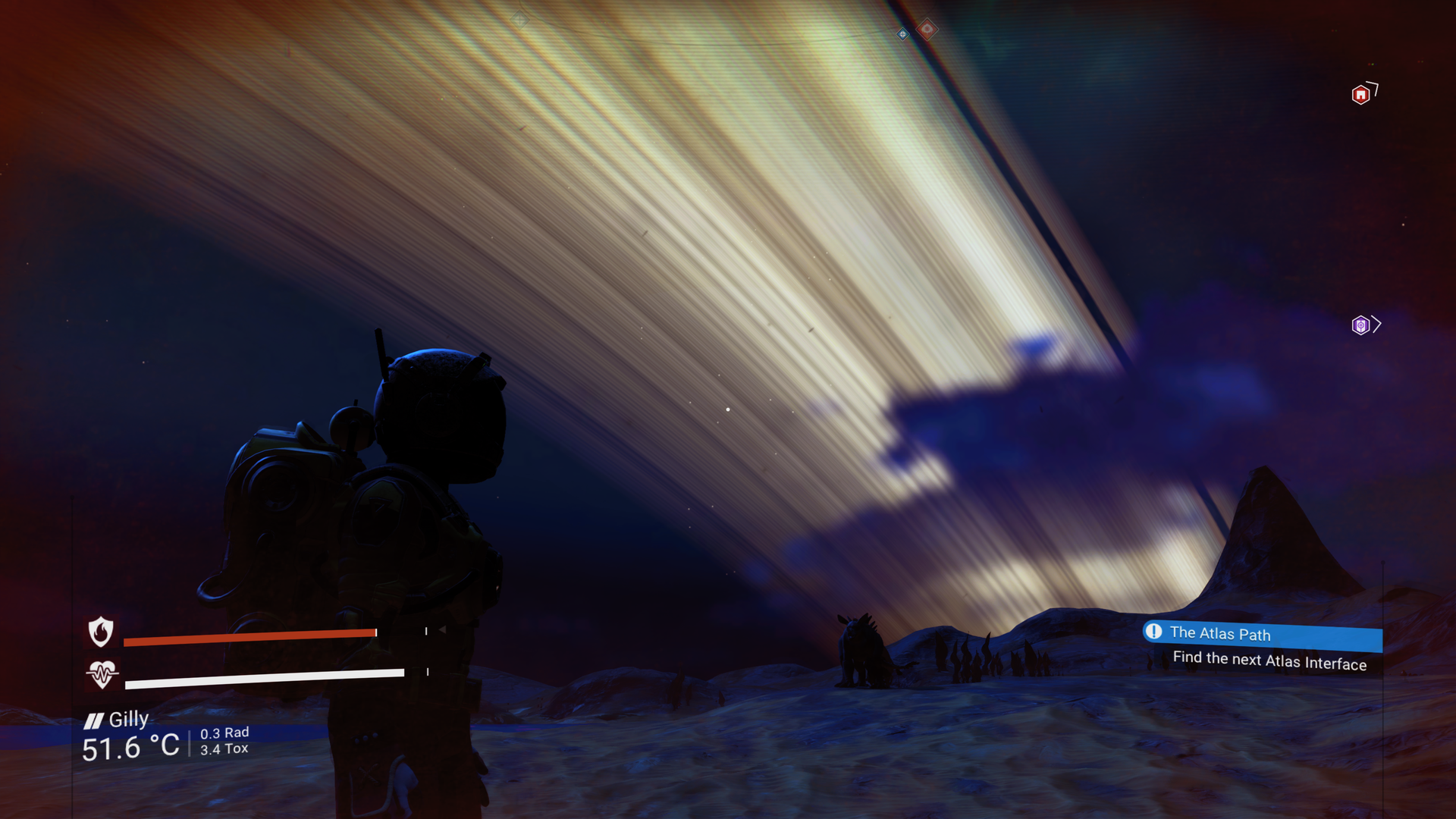
-
No Man's Sky NEXT Impressions #9

-
No Man's Sky NEXT Impressions #10

-
No Man's Sky NEXT Impressions #11

-
No Man's Sky NEXT Impressions #12
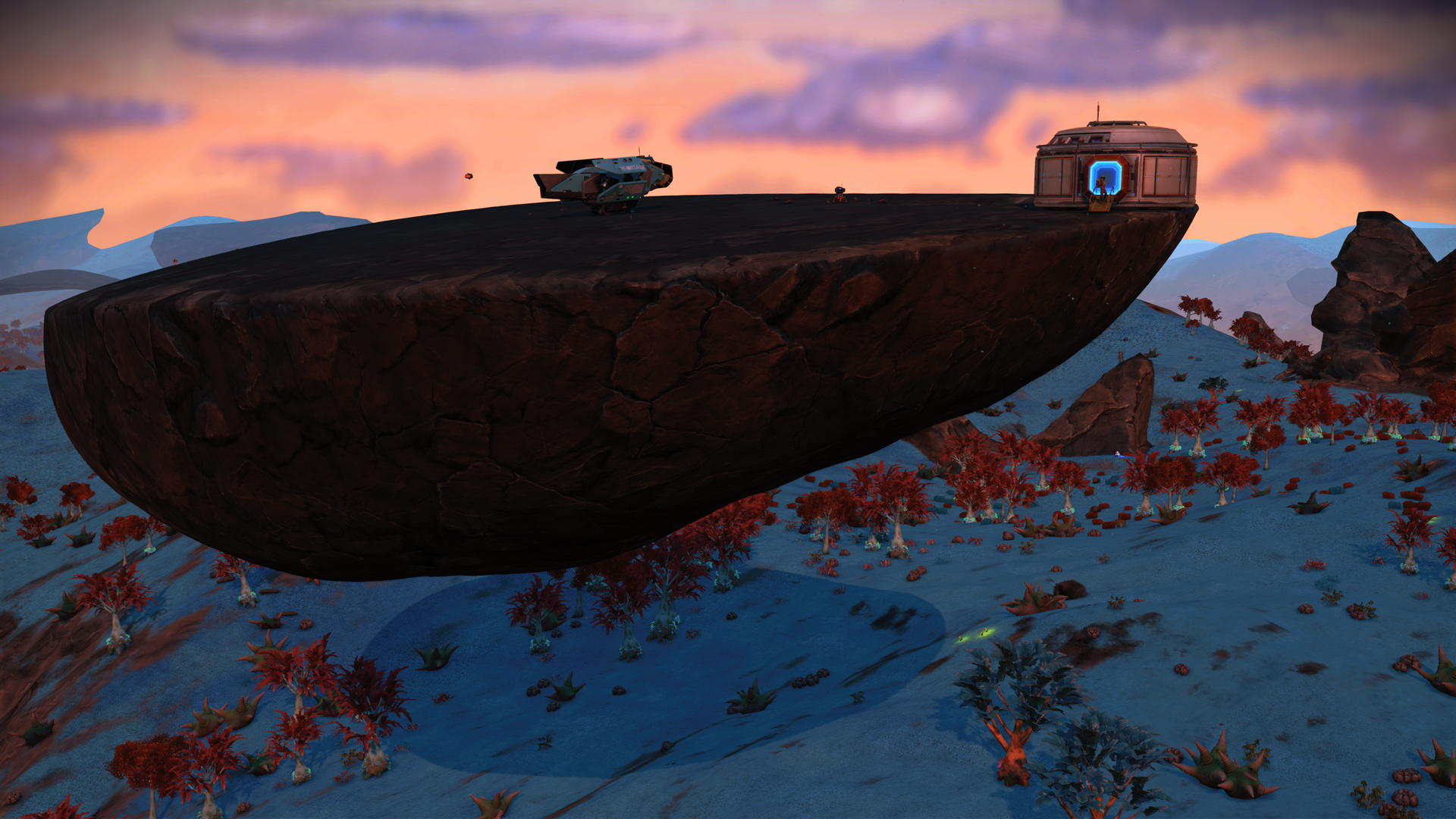
-
No Man's Sky NEXT Impressions #13

-
No Man's Sky NEXT Impressions #14
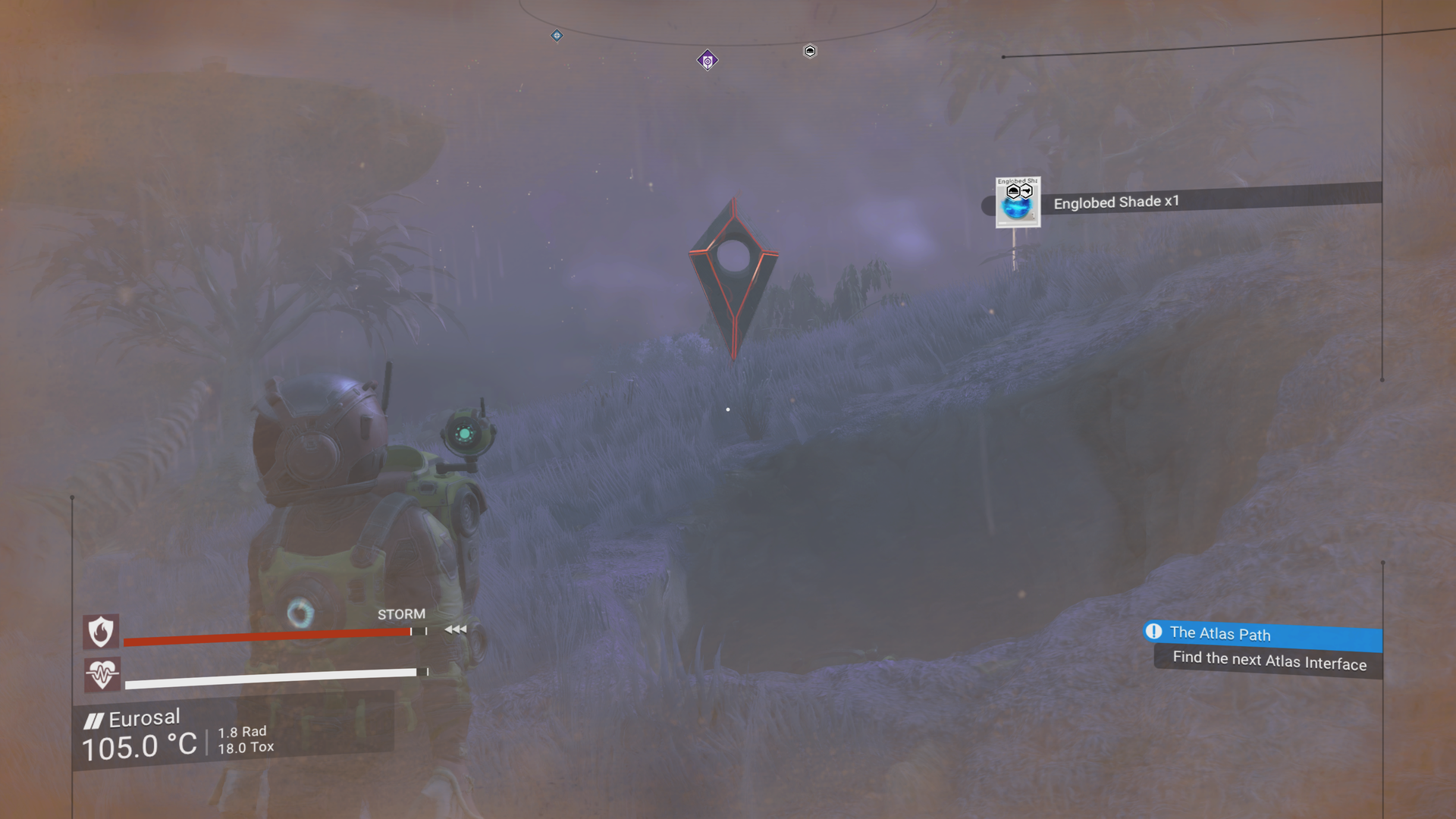
-
No Man's Sky NEXT Impressions #15
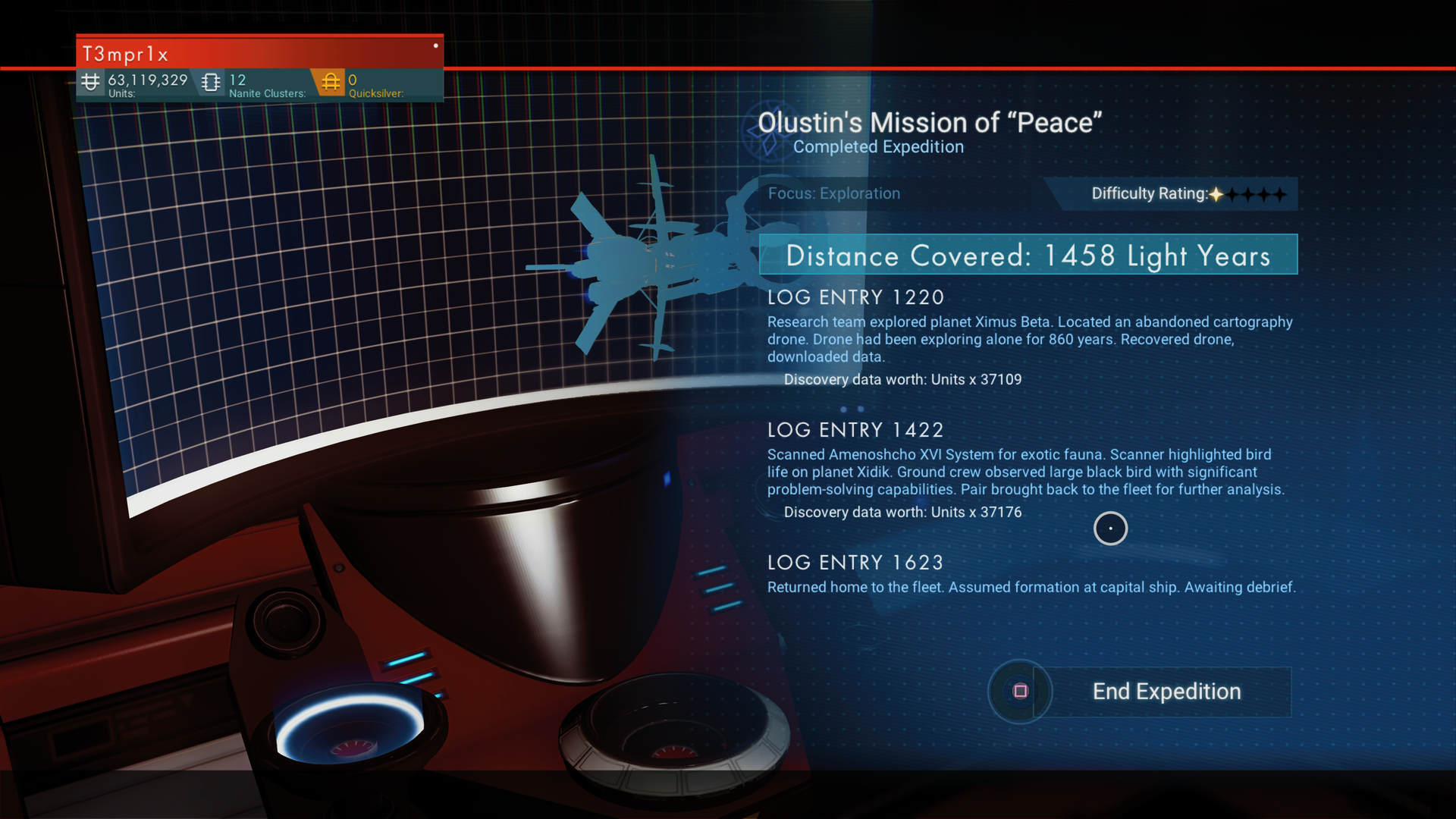
-
No Man's Sky NEXT Impressions #16
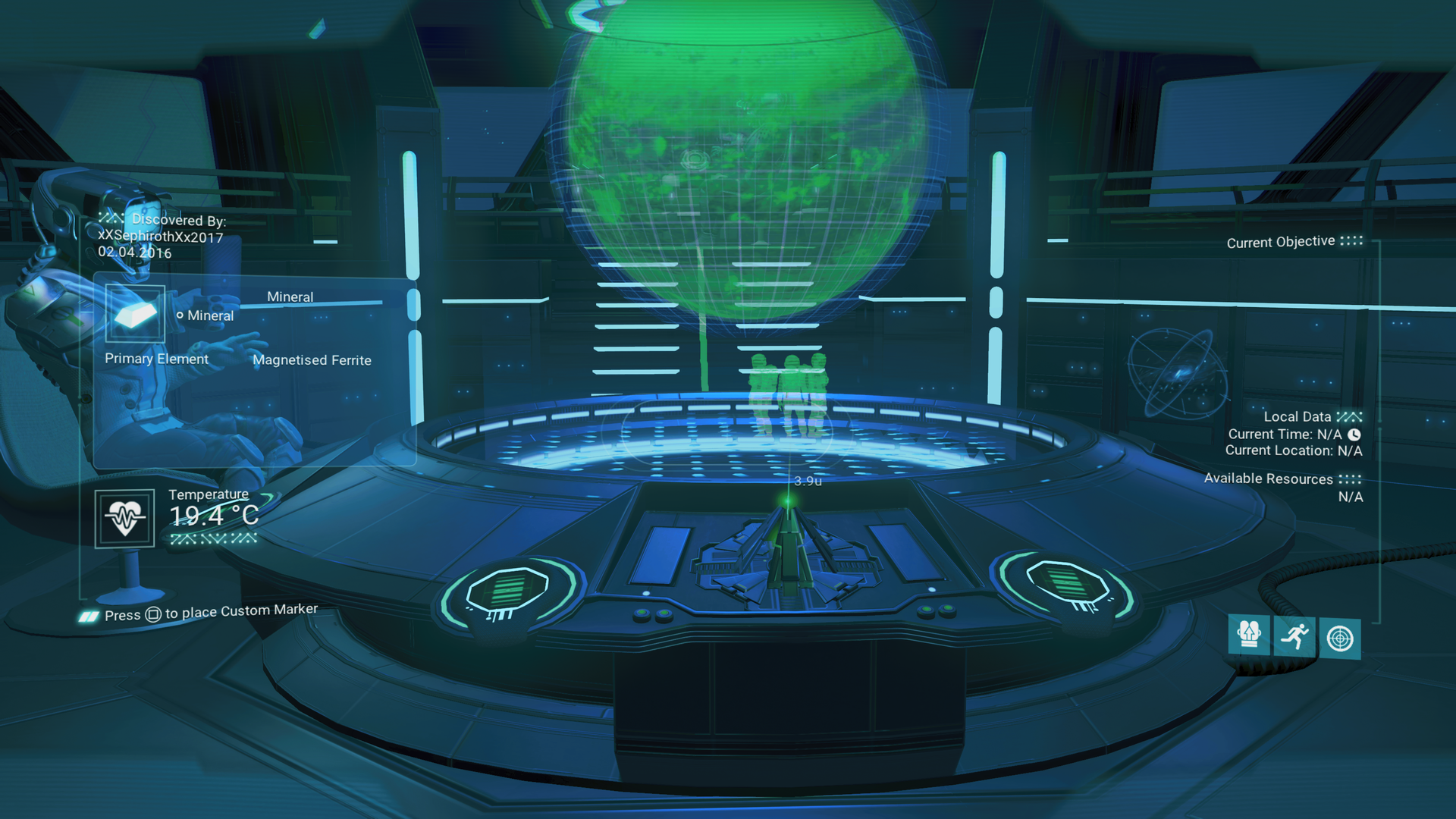
-
No Man's Sky NEXT Impressions #17

-
No Man's Sky NEXT Impressions #18

-
No Man's Sky NEXT Impressions #19

-
No Man's Sky NEXT Impressions #20
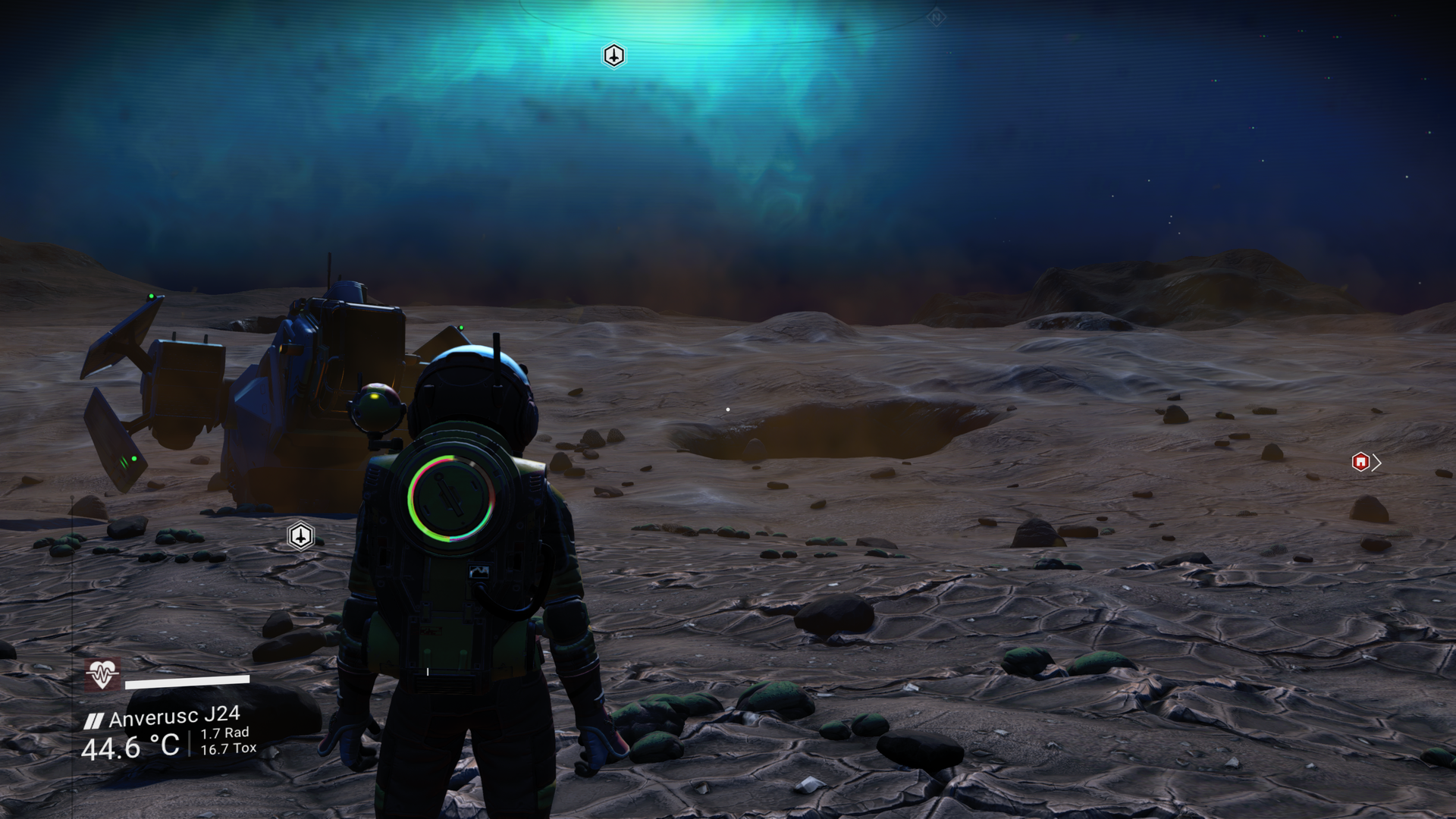
-
No Man's Sky NEXT Impressions #21
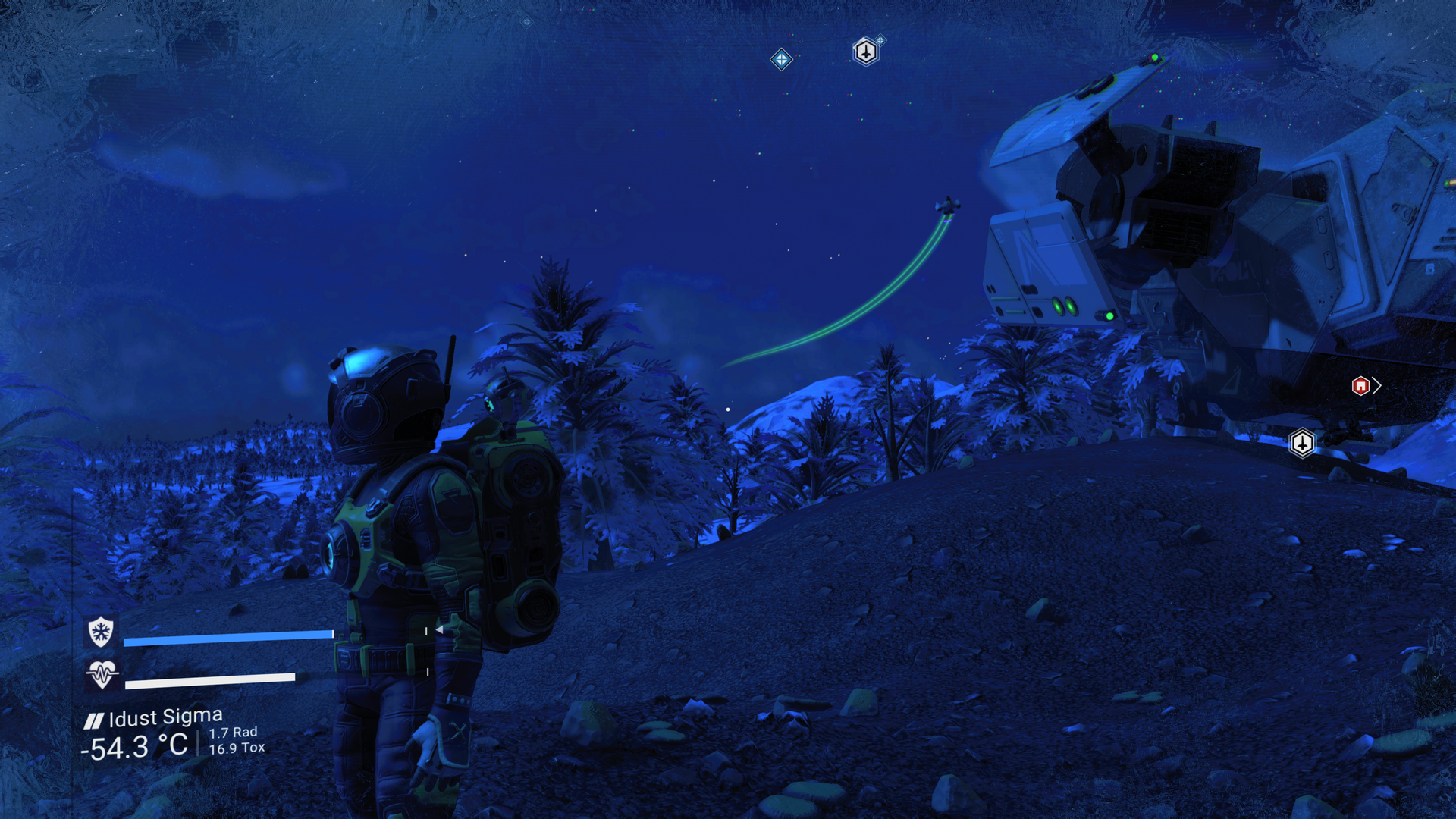
-
No Man's Sky NEXT Impressions #22
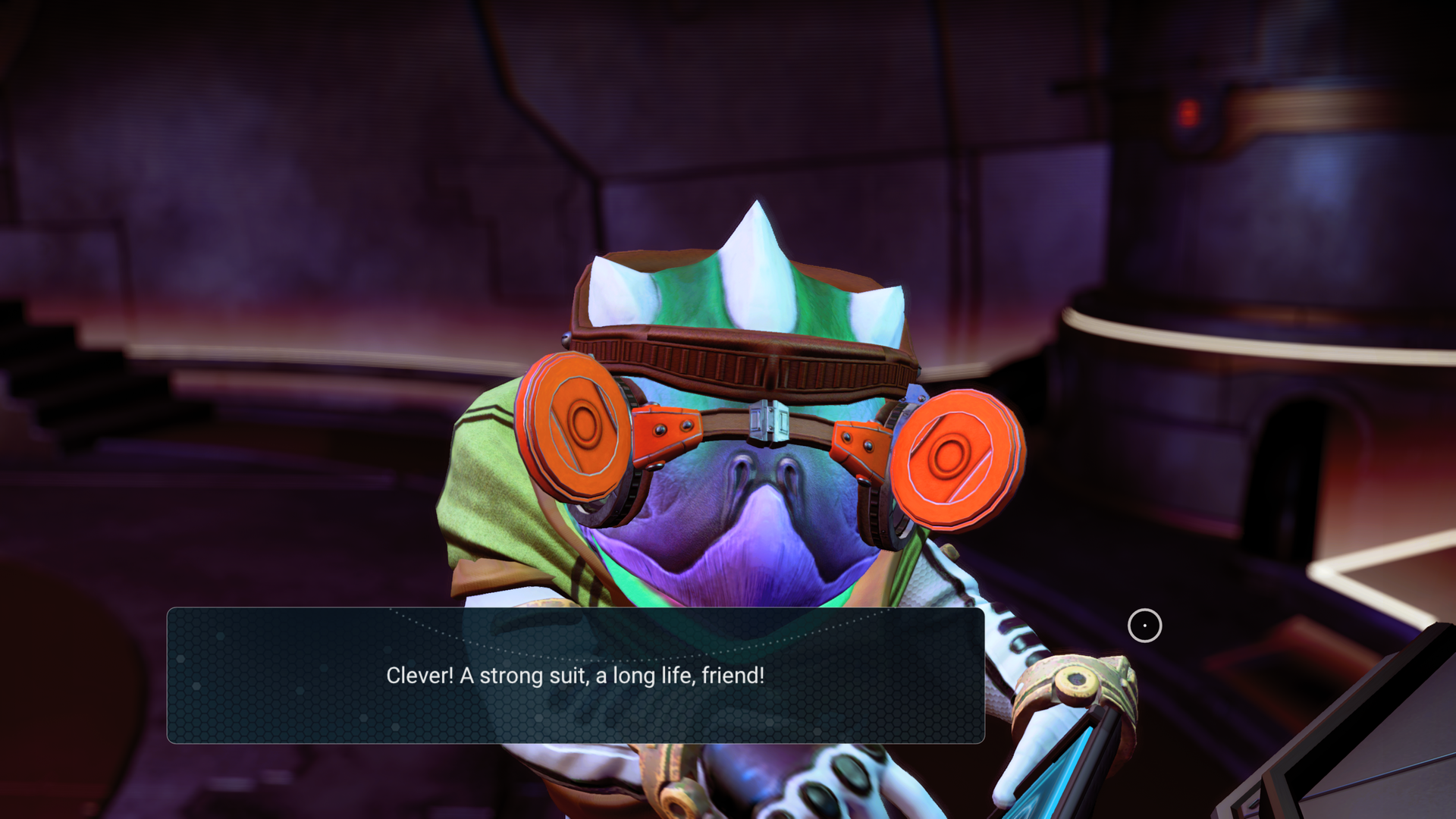
-
No Man's Sky NEXT Impressions #23
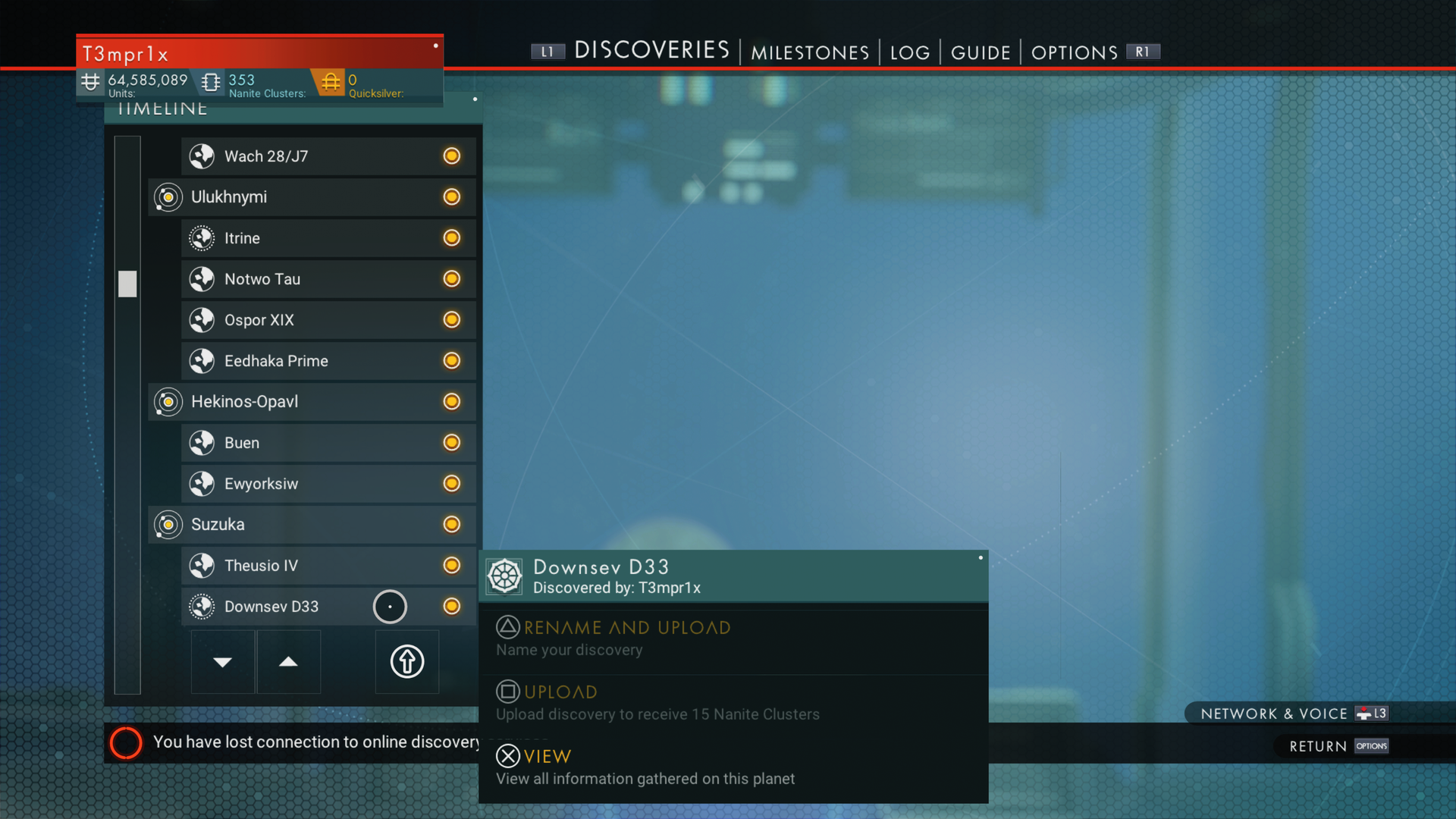
-
No Man's Sky NEXT Impressions #24

-
No Man's Sky NEXT Impressions #25
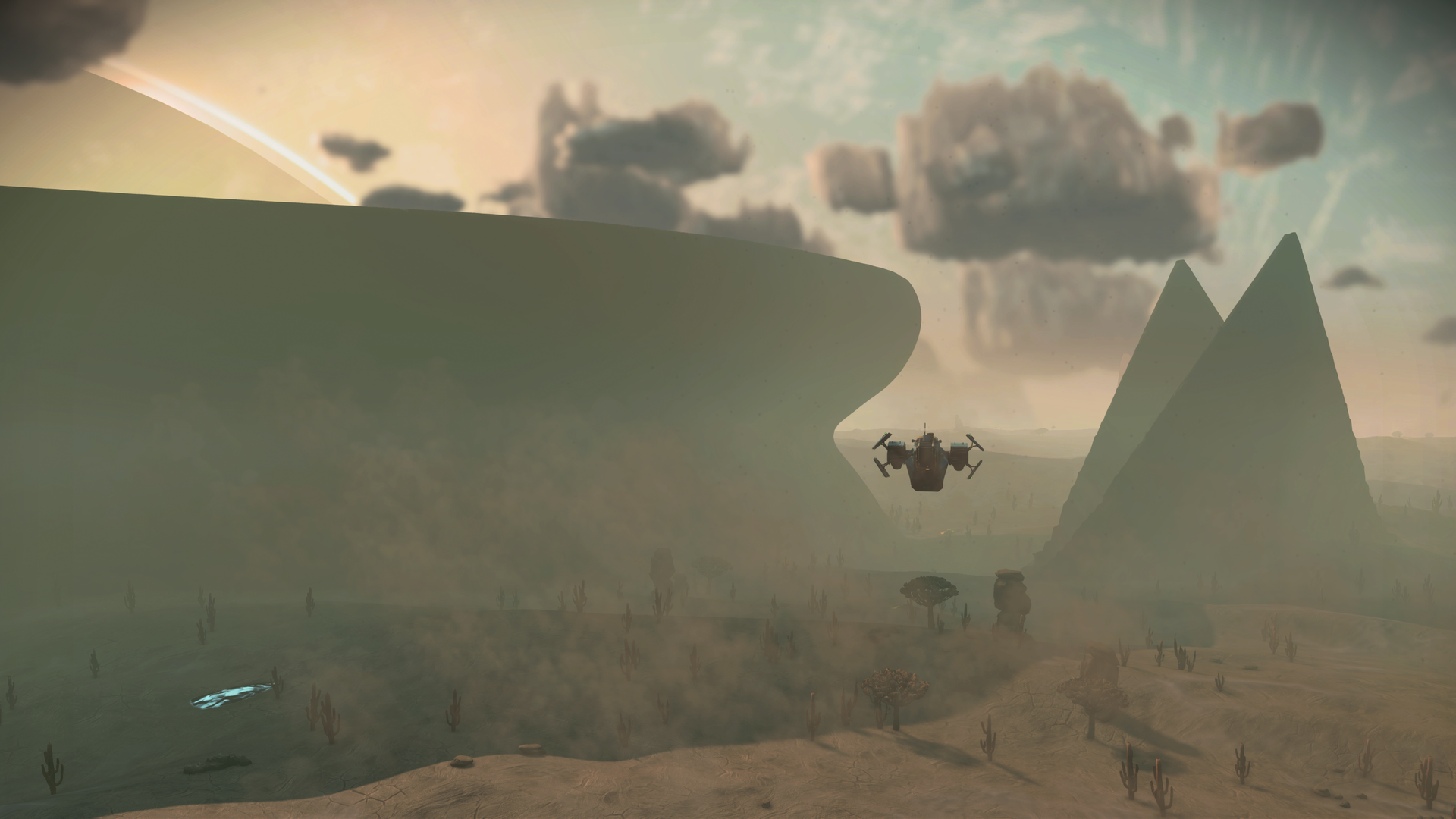
-
No Man's Sky NEXT Impressions #26
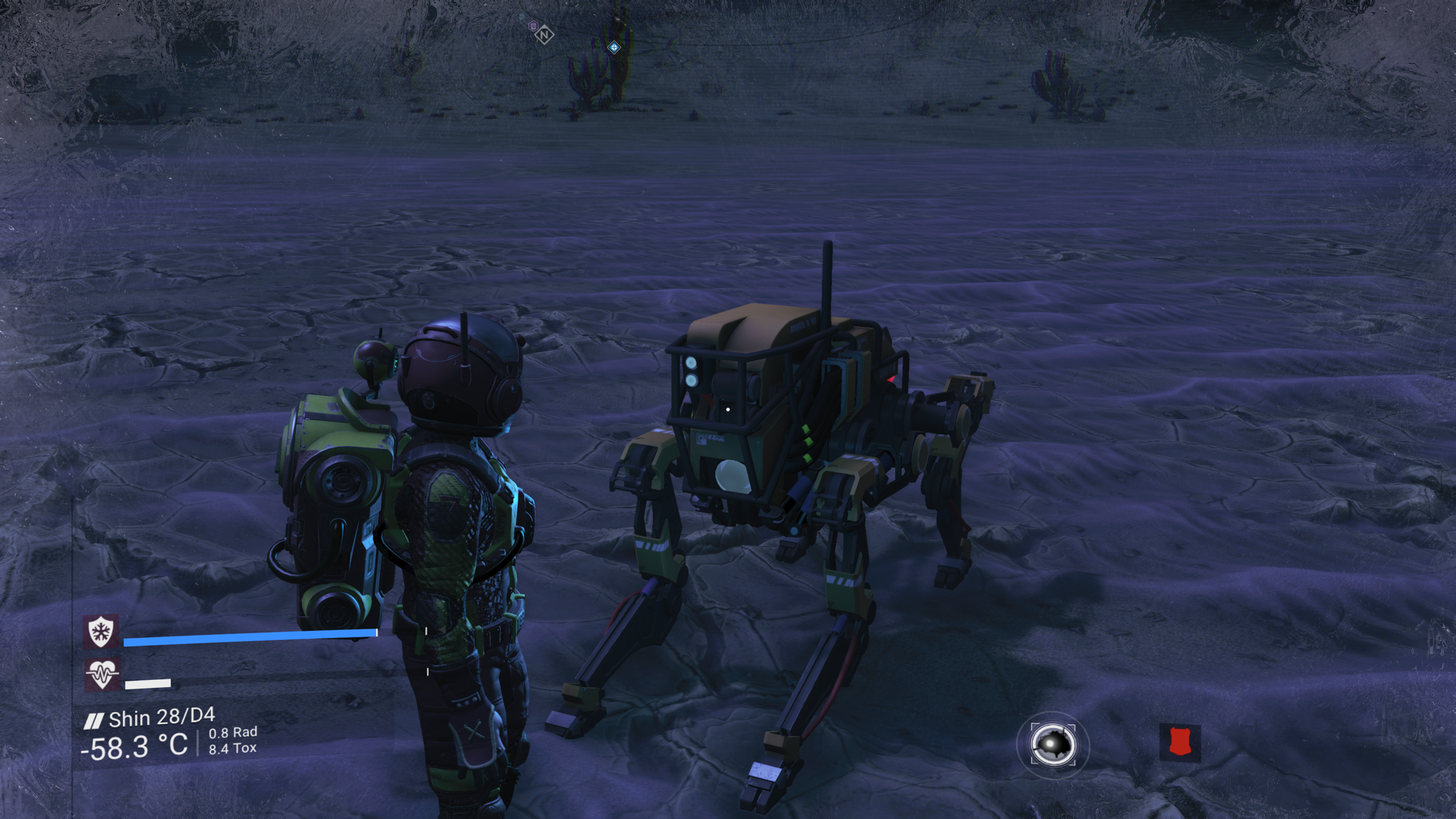
-
No Man's Sky NEXT Impressions #27

-
No Man's Sky NEXT Impressions #28
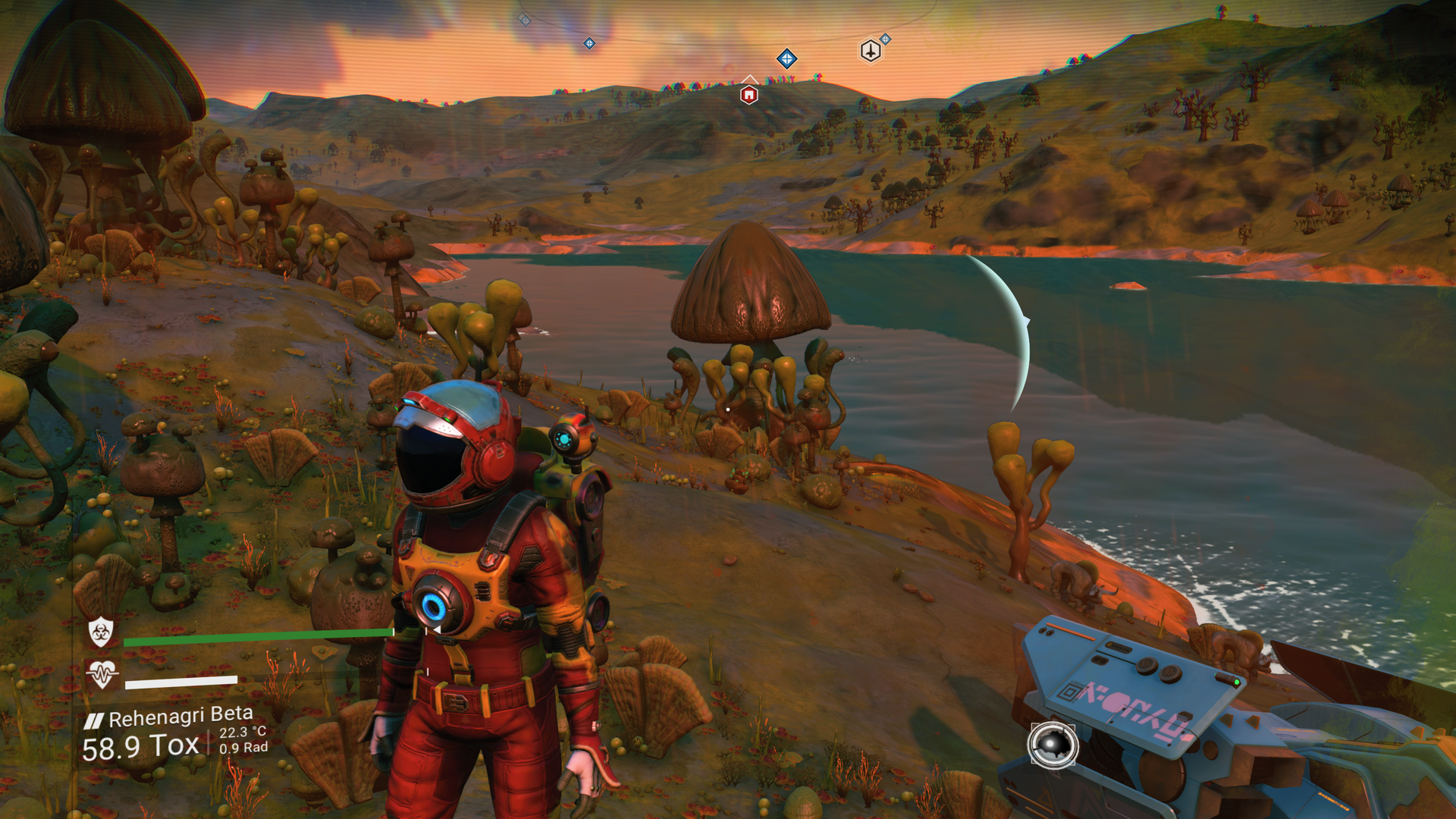
-
No Man's Sky NEXT Impressions #29
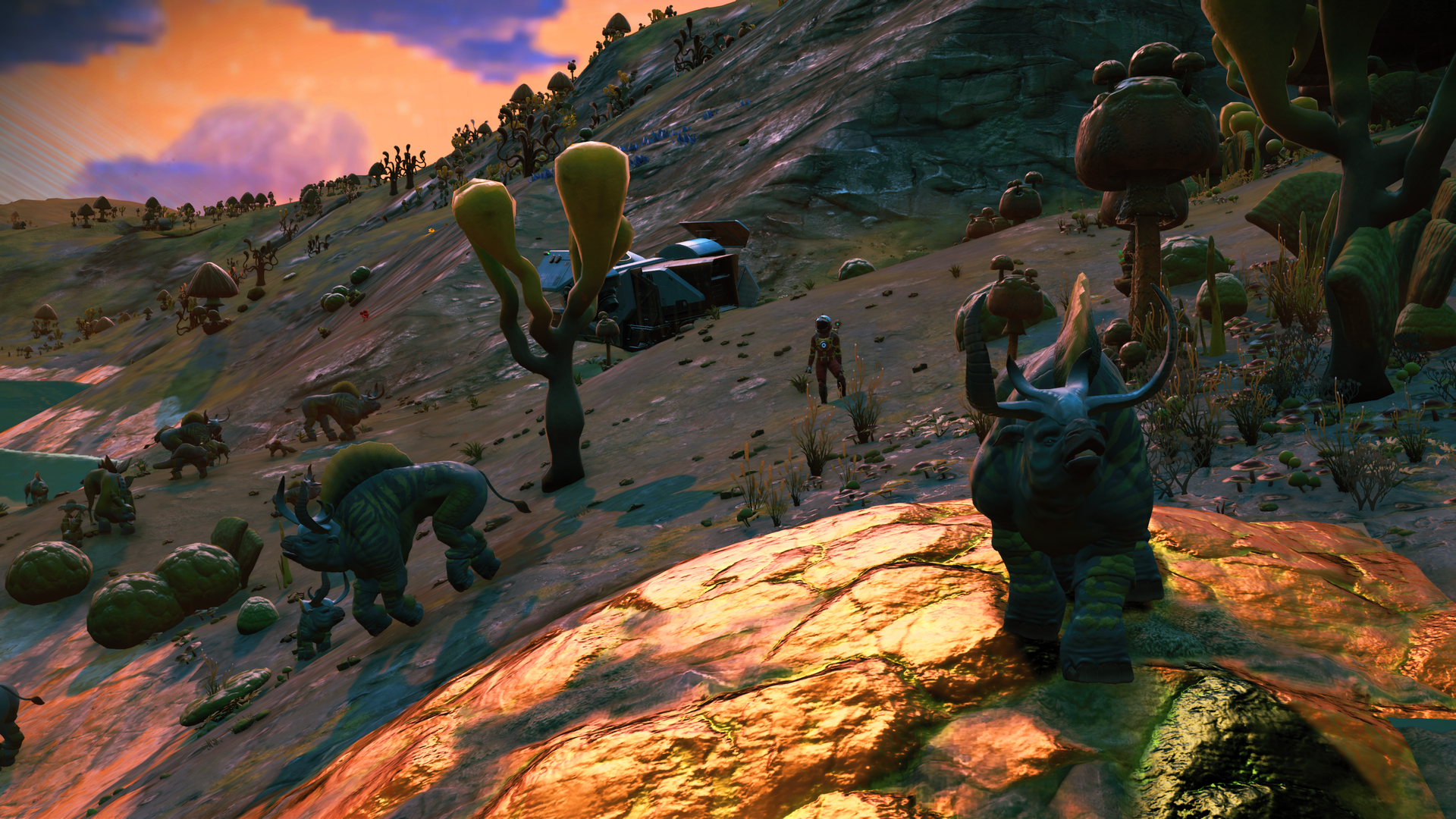
-
No Man's Sky NEXT Impressions #30
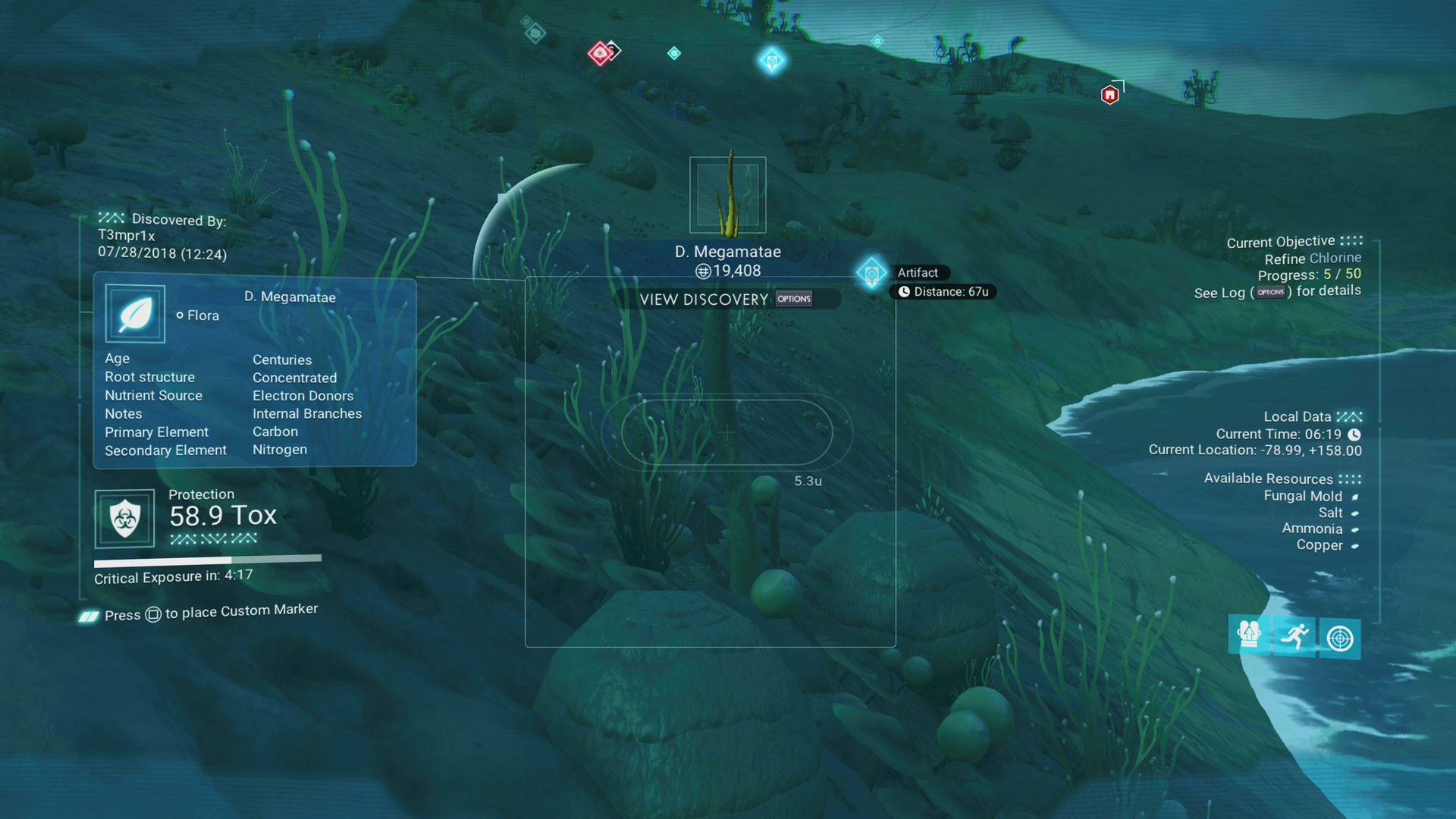
-
No Man's Sky NEXT Impressions #31
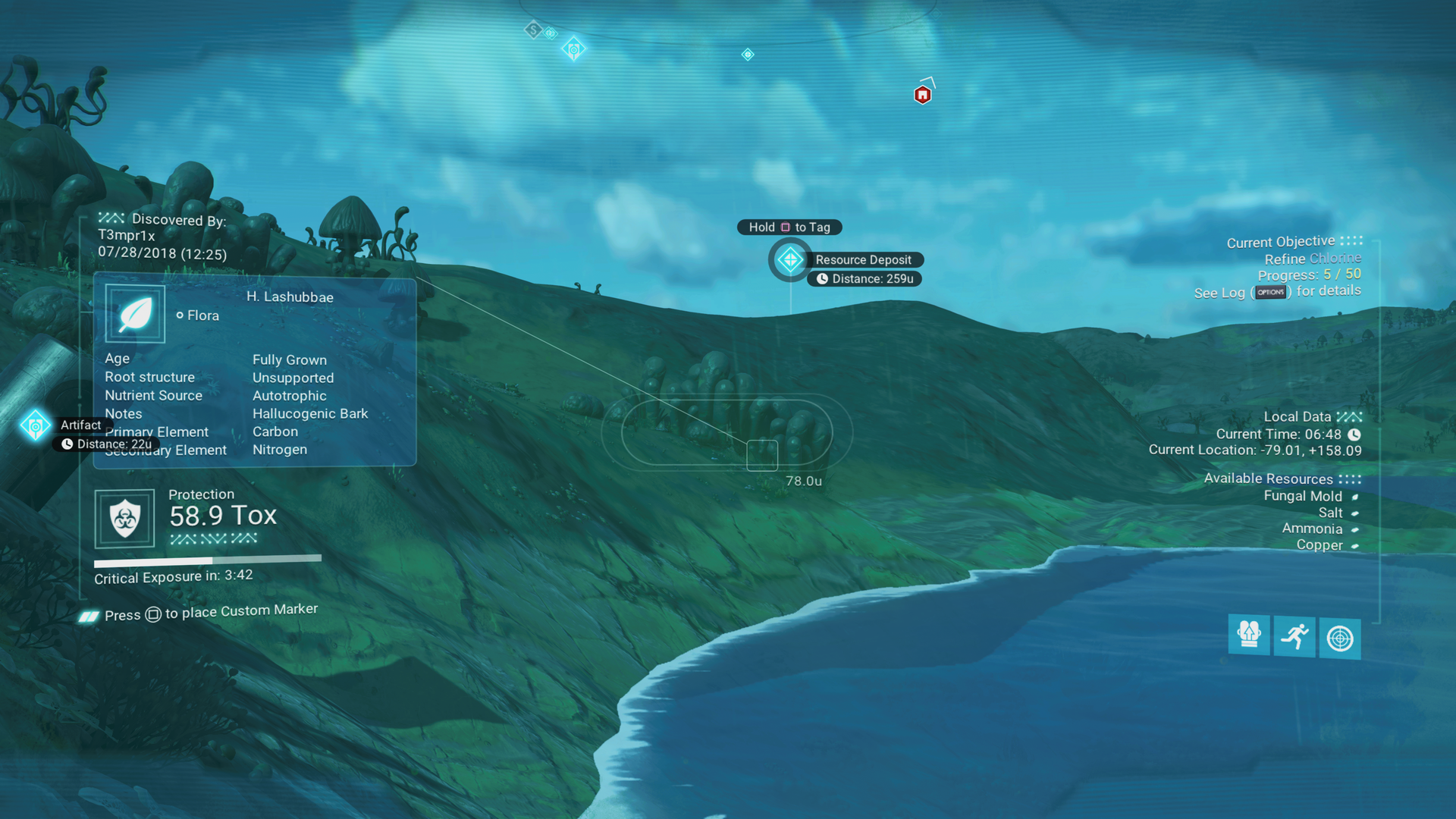
-
No Man's Sky NEXT Impressions #32
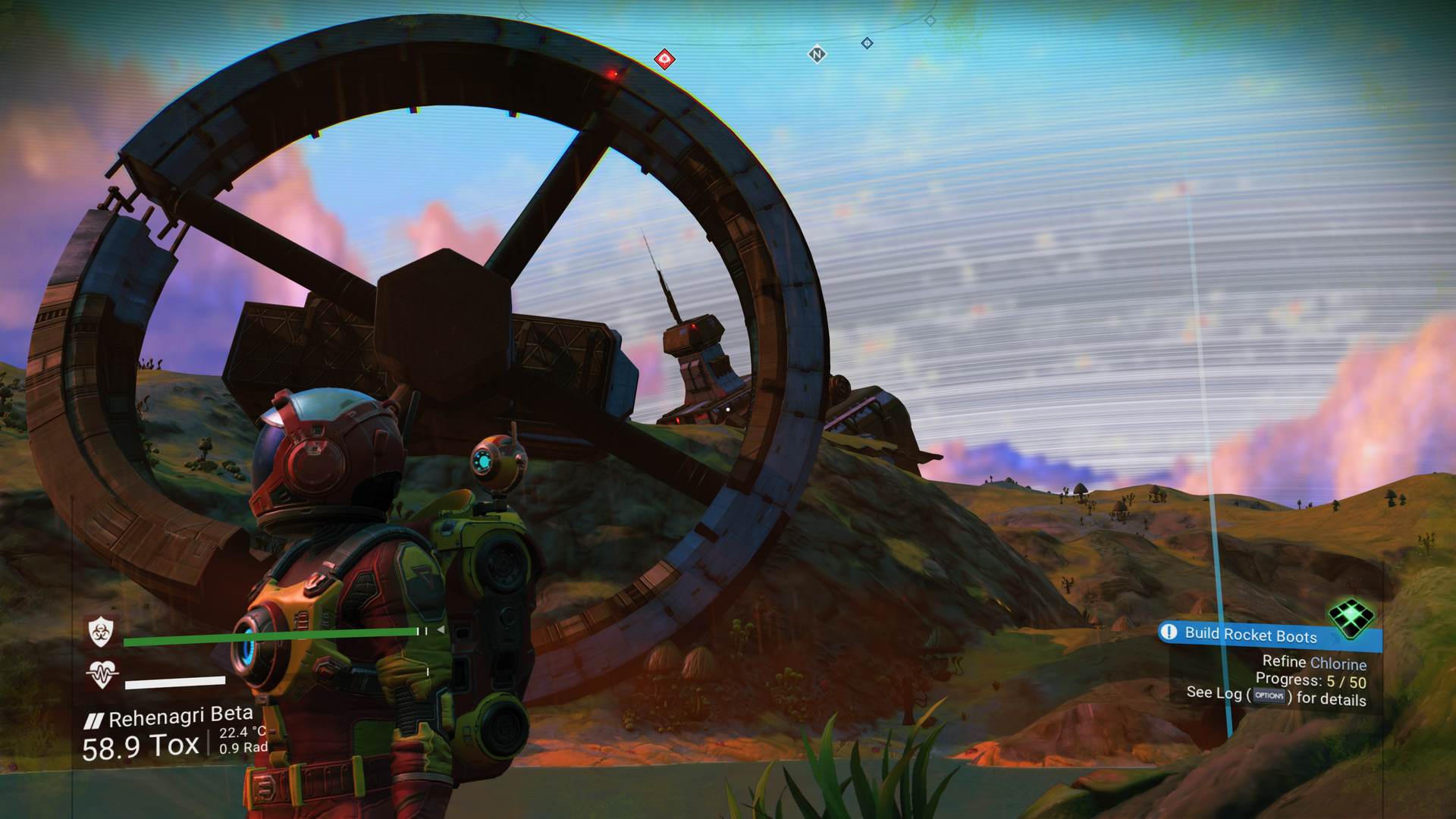
-
No Man's Sky NEXT Impressions #33
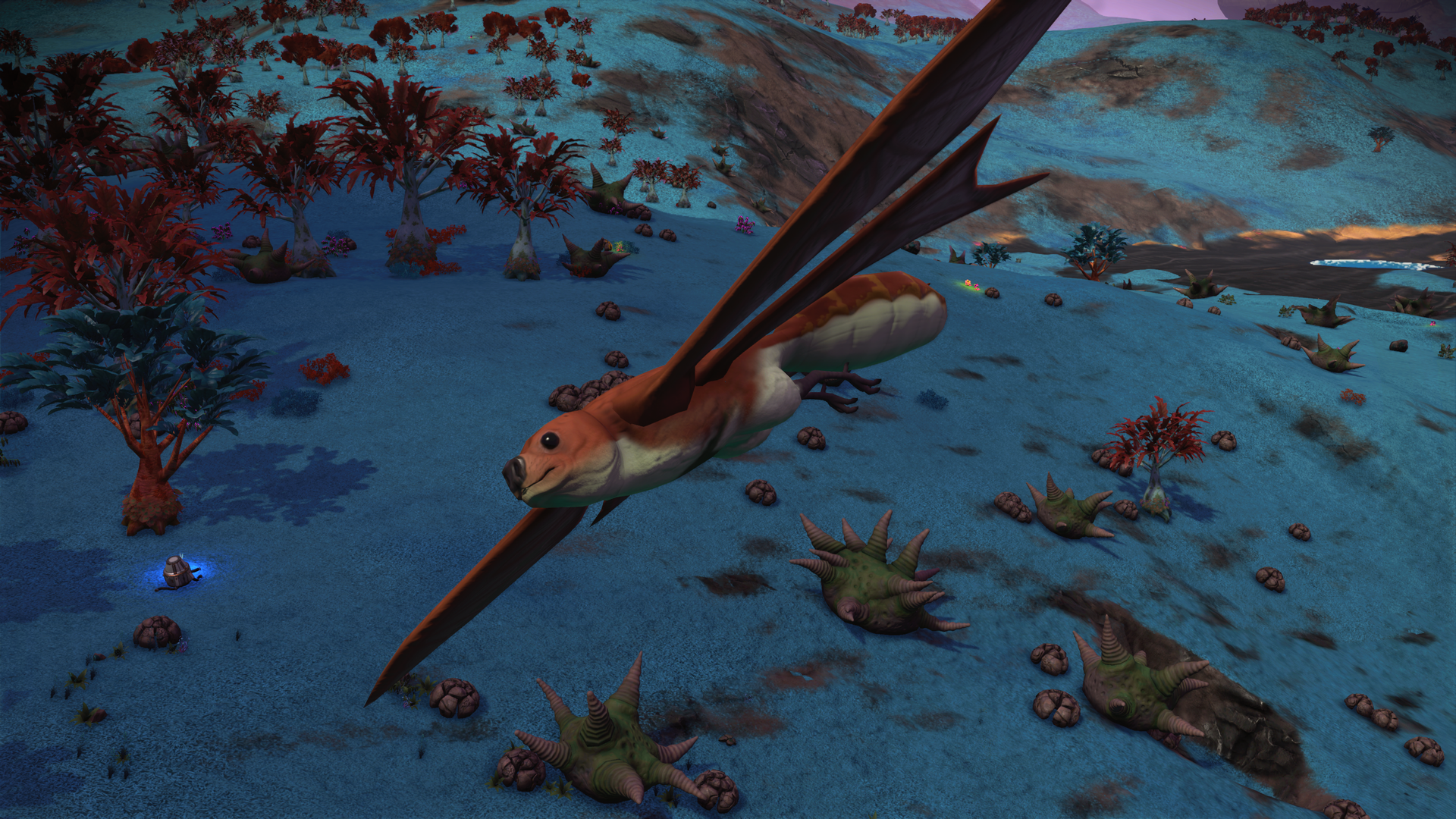
-
No Man's Sky NEXT Impressions #34

-
No Man's Sky NEXT Impressions #35

-
No Man's Sky NEXT Impressions #36
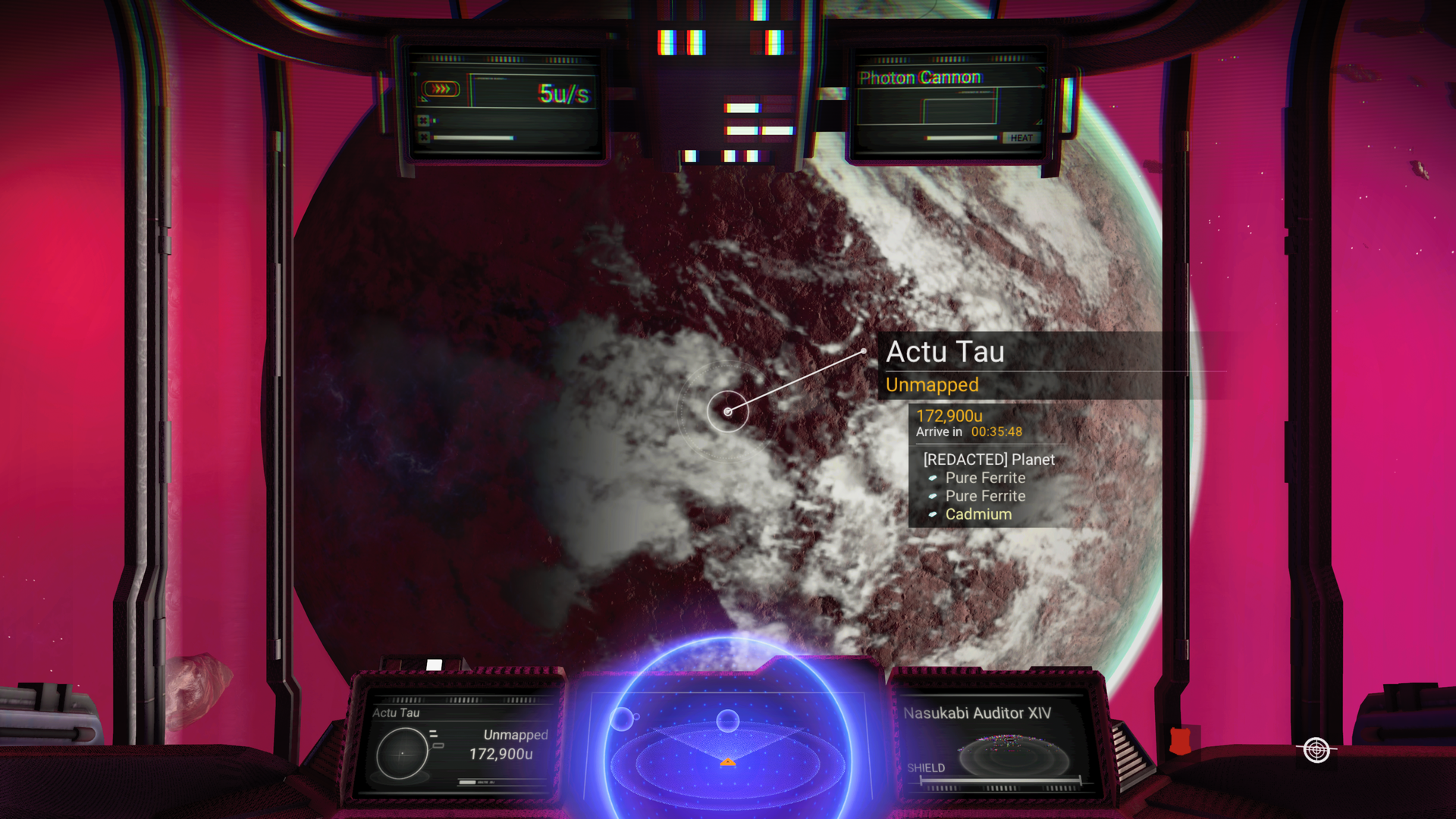
-
No Man's Sky NEXT Impressions #37
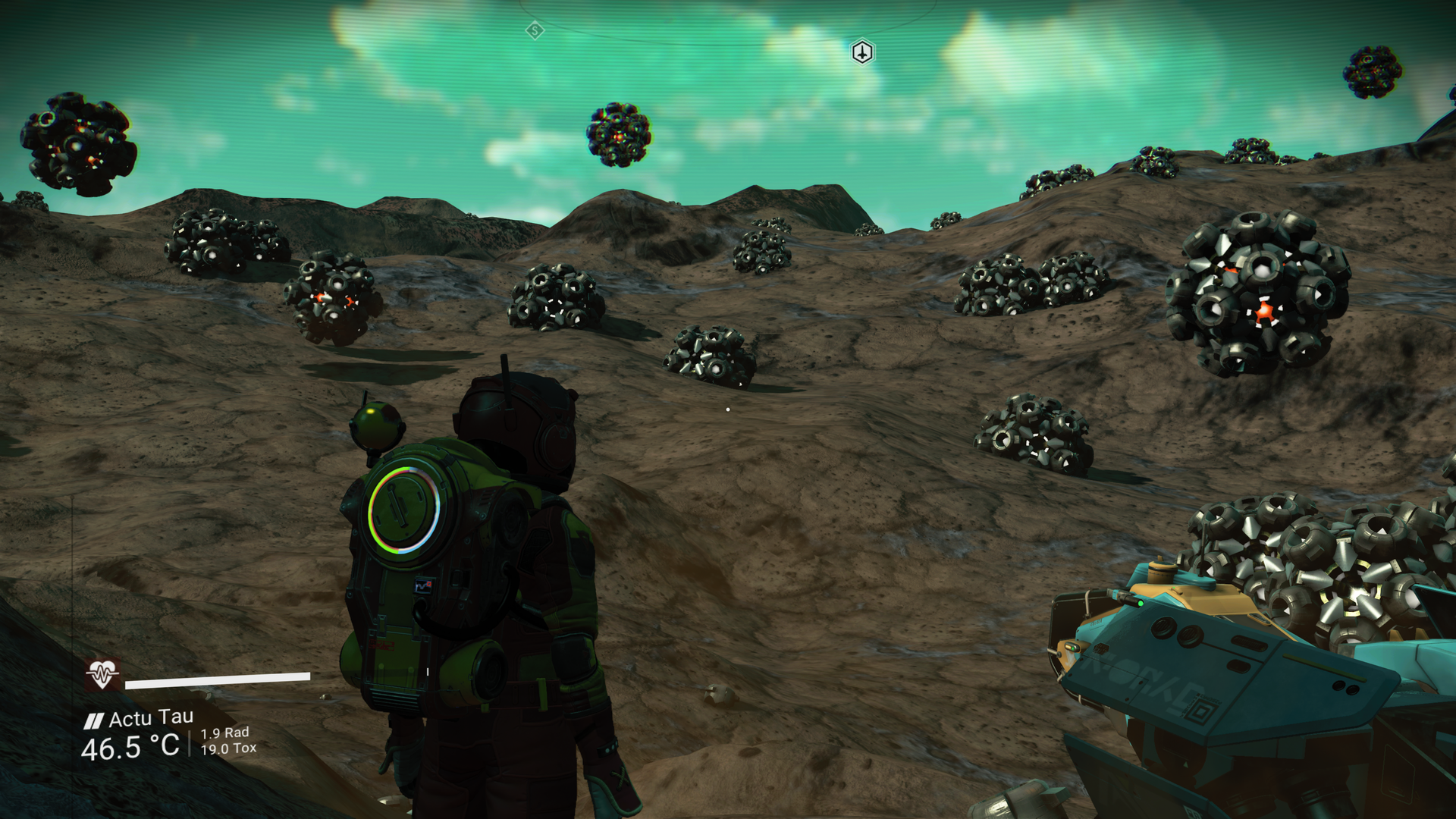
-
No Man's Sky NEXT Impressions #38
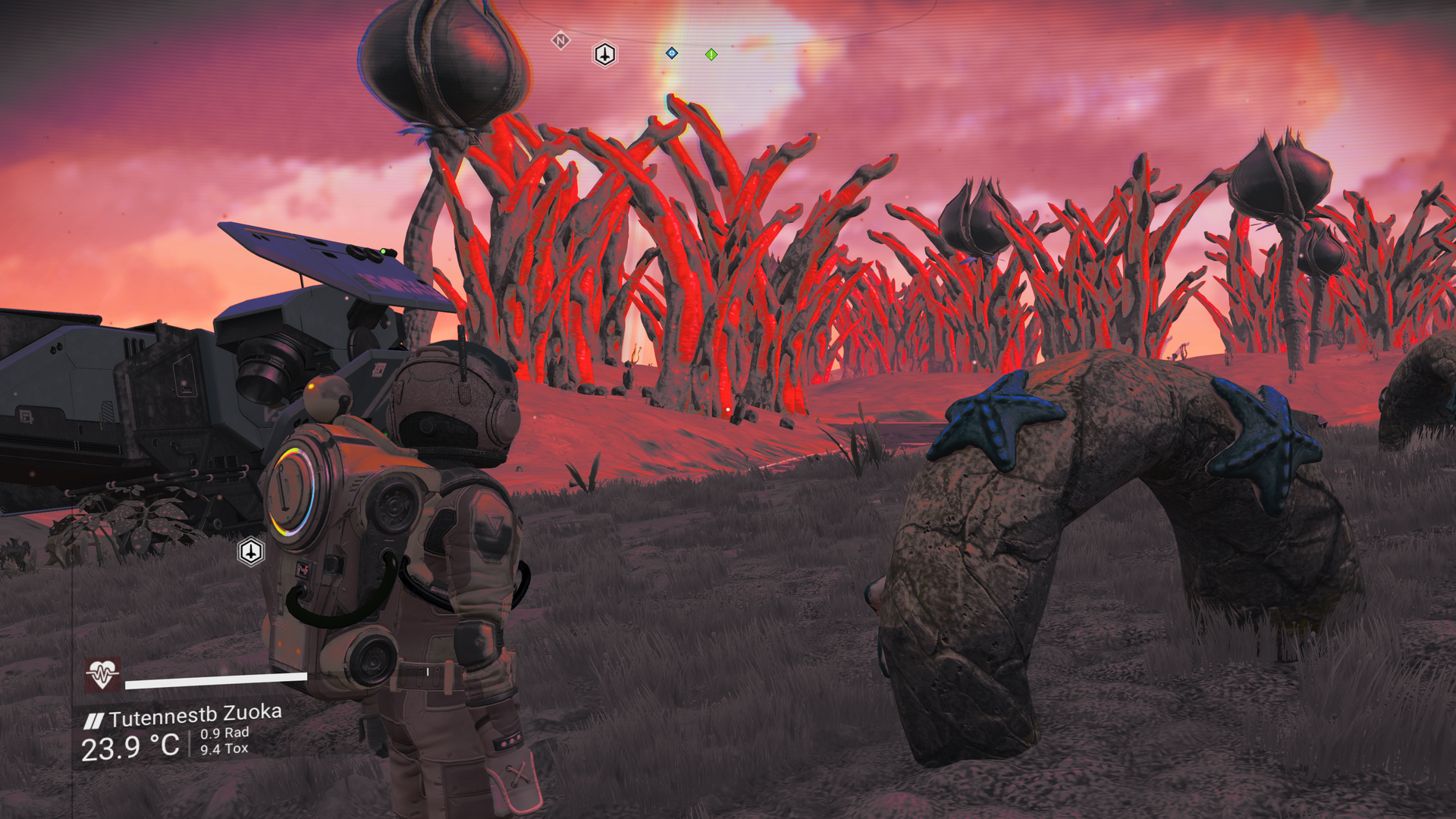
-
No Man's Sky NEXT Impressions #39
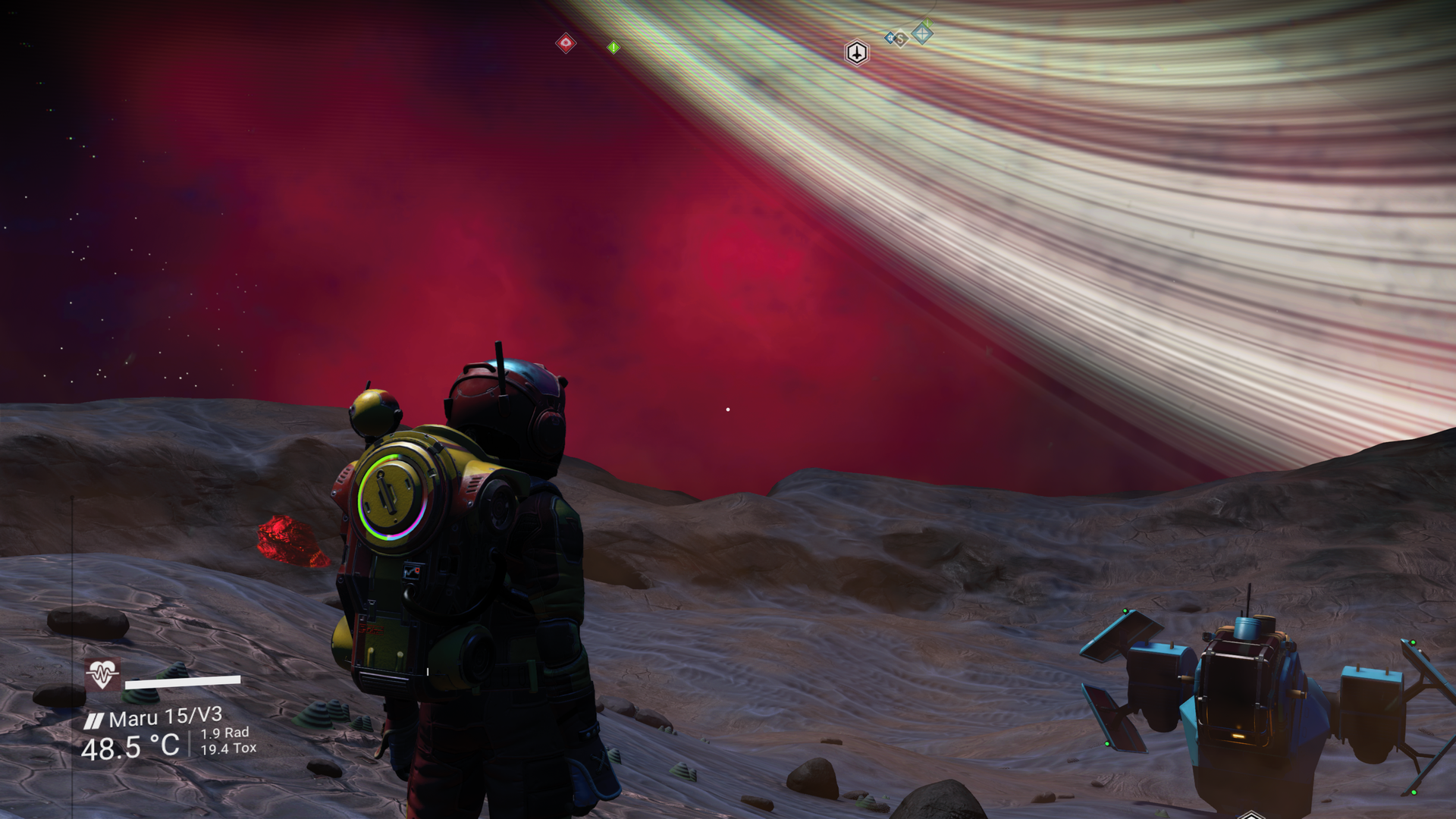
-
No Man's Sky NEXT Impressions #40
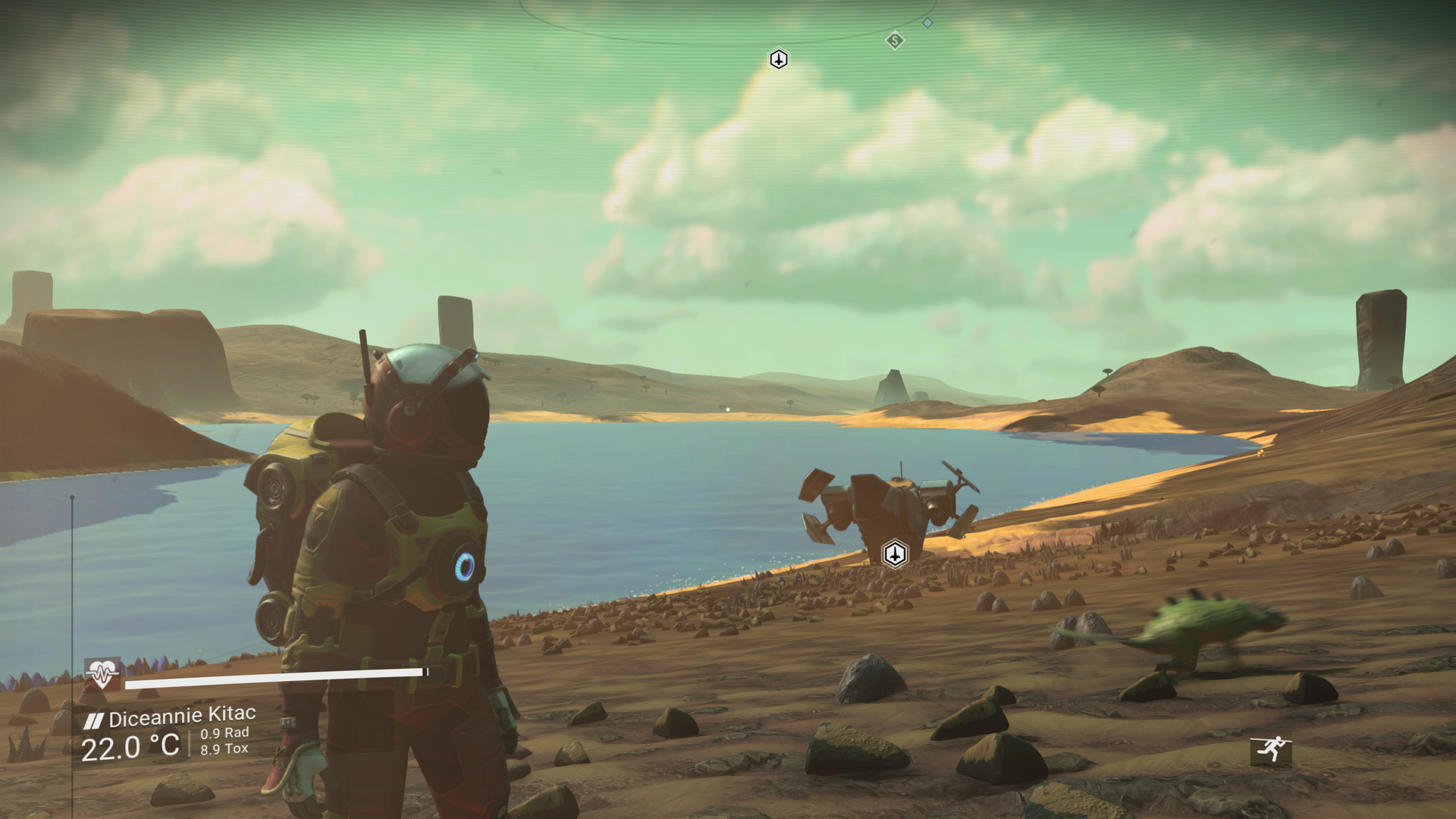
-
No Man's Sky NEXT Impressions #41
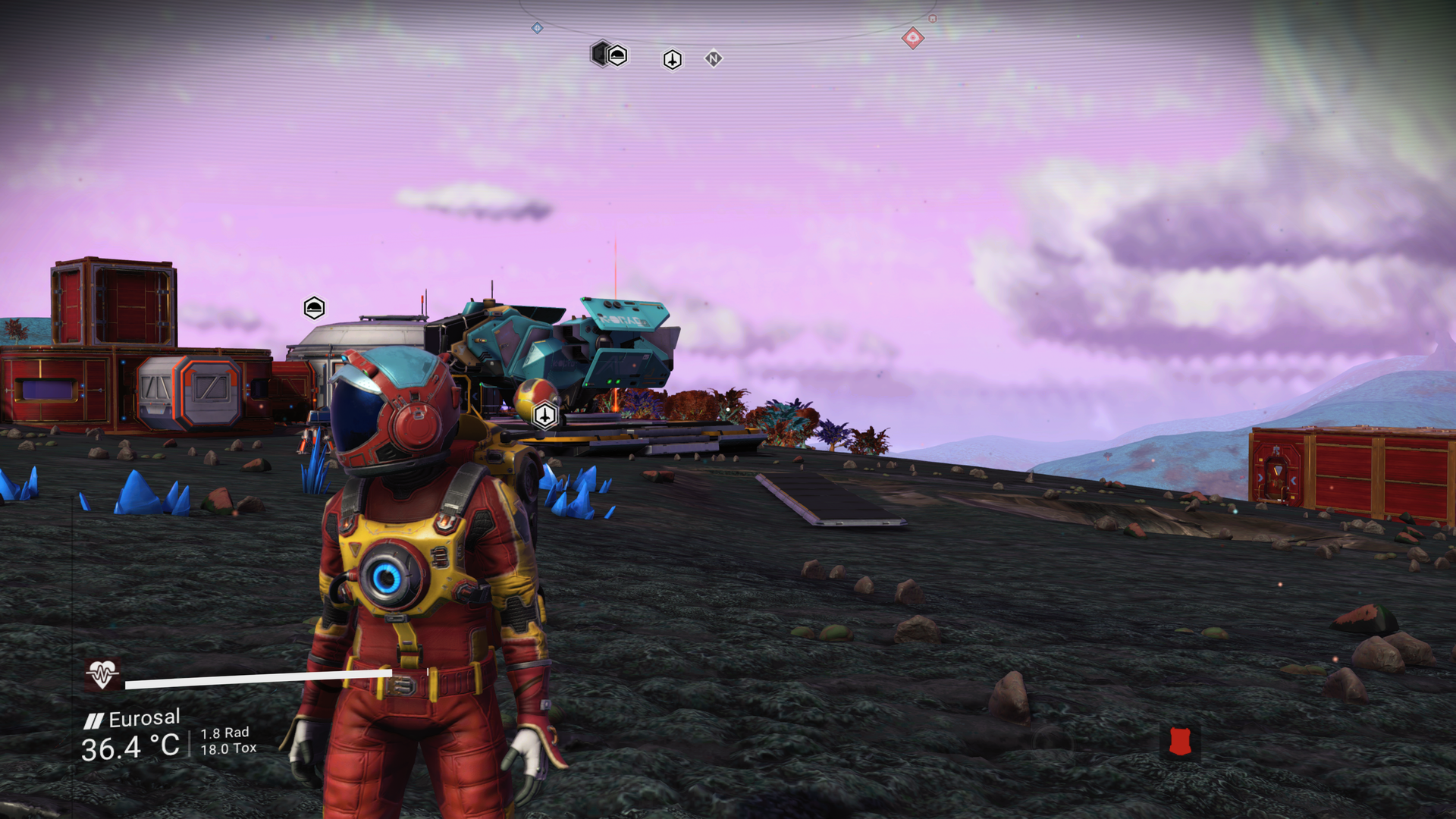
-
No Man's Sky NEXT Impressions #42
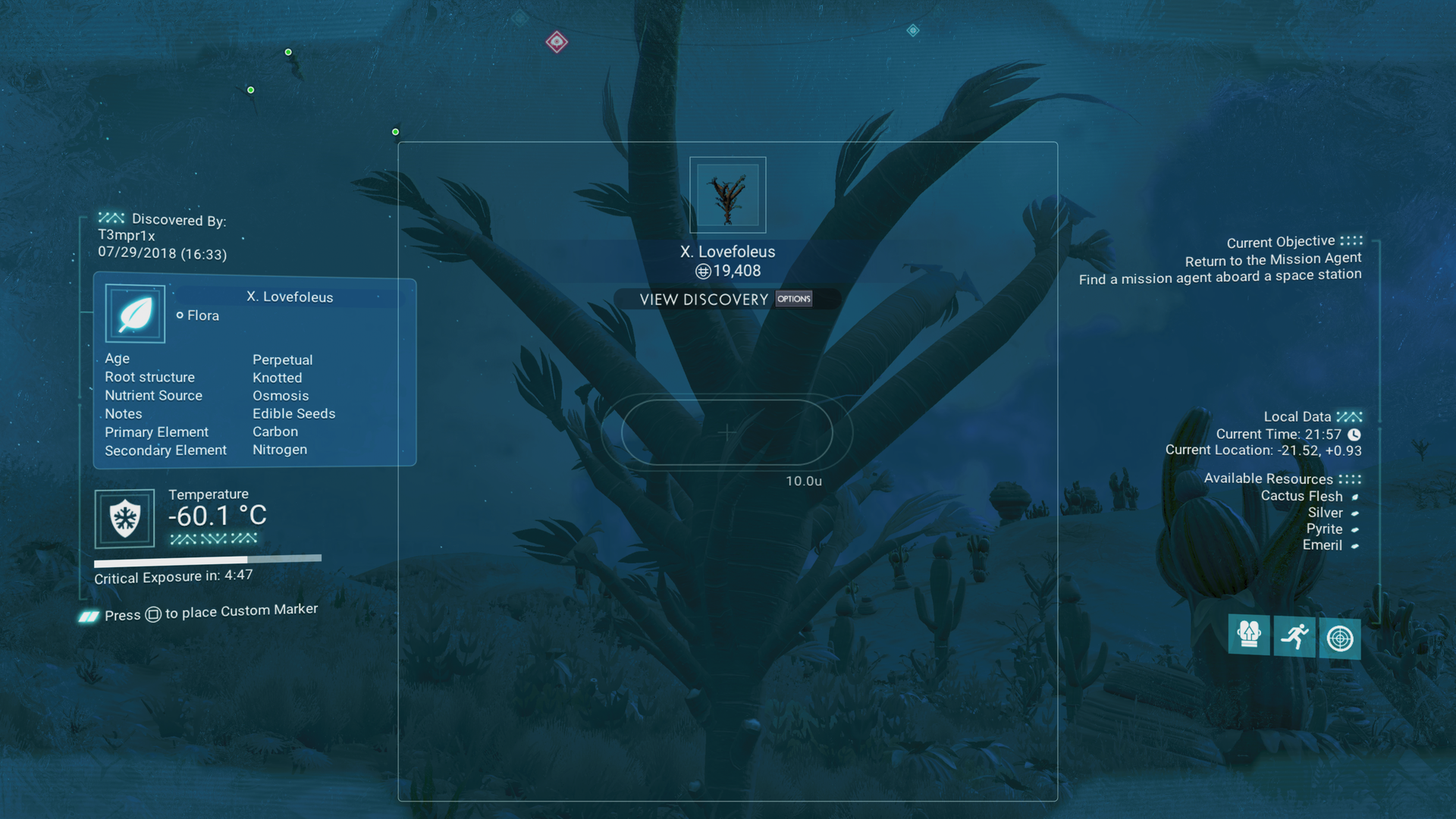
-
No Man's Sky NEXT Impressions #43
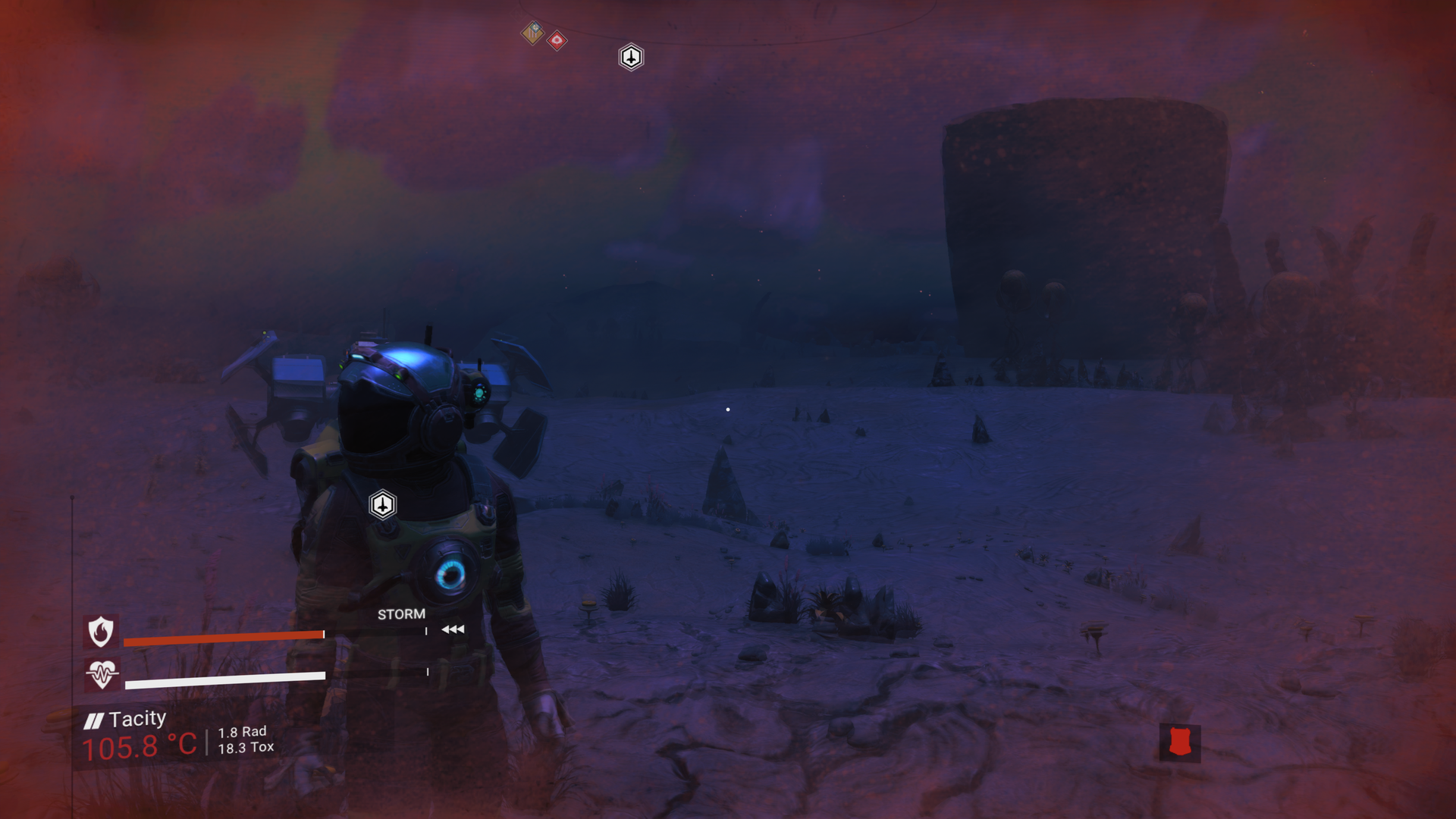
-
No Man's Sky NEXT Impressions #44
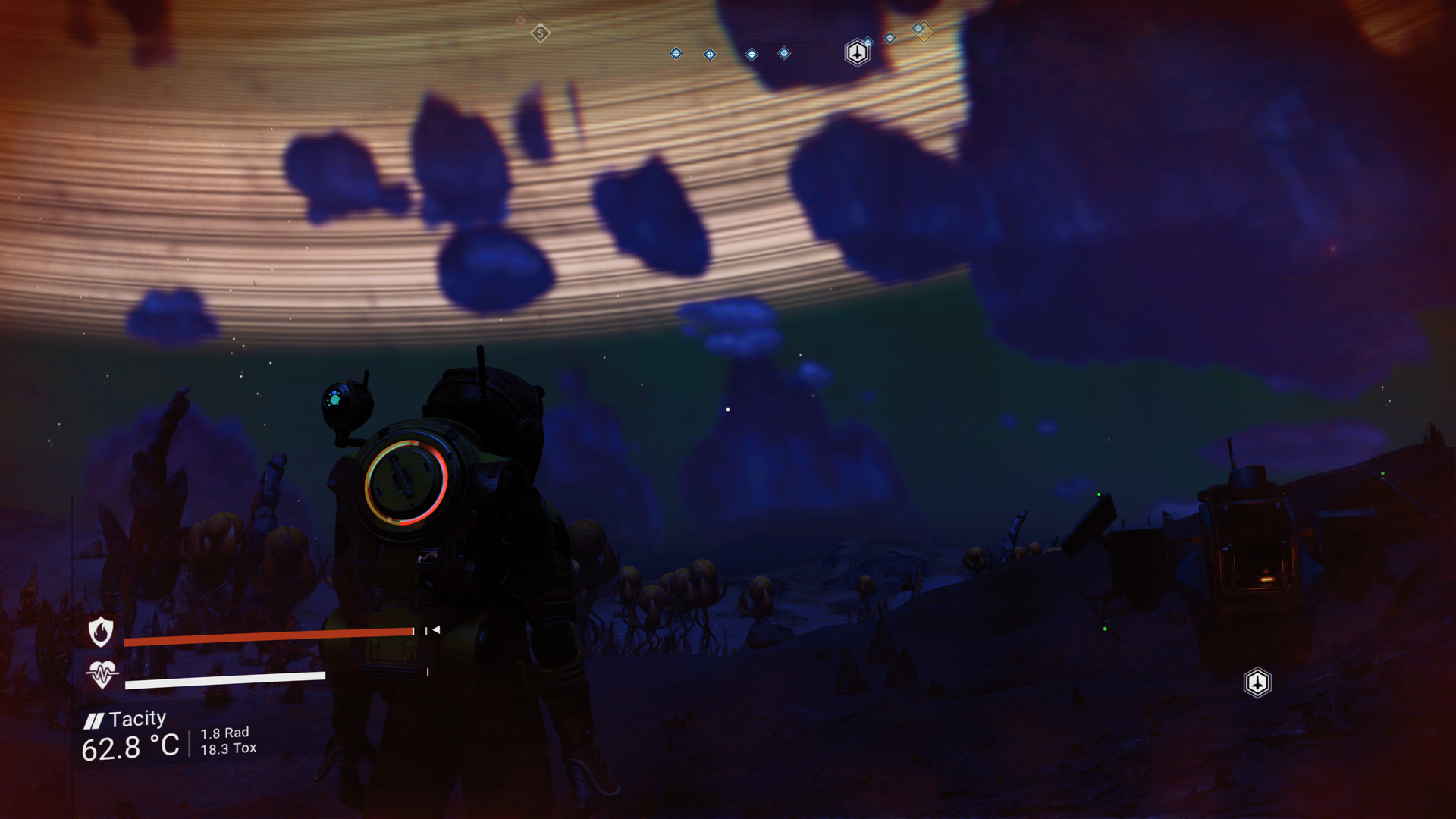
-
No Man's Sky NEXT Impressions #45









